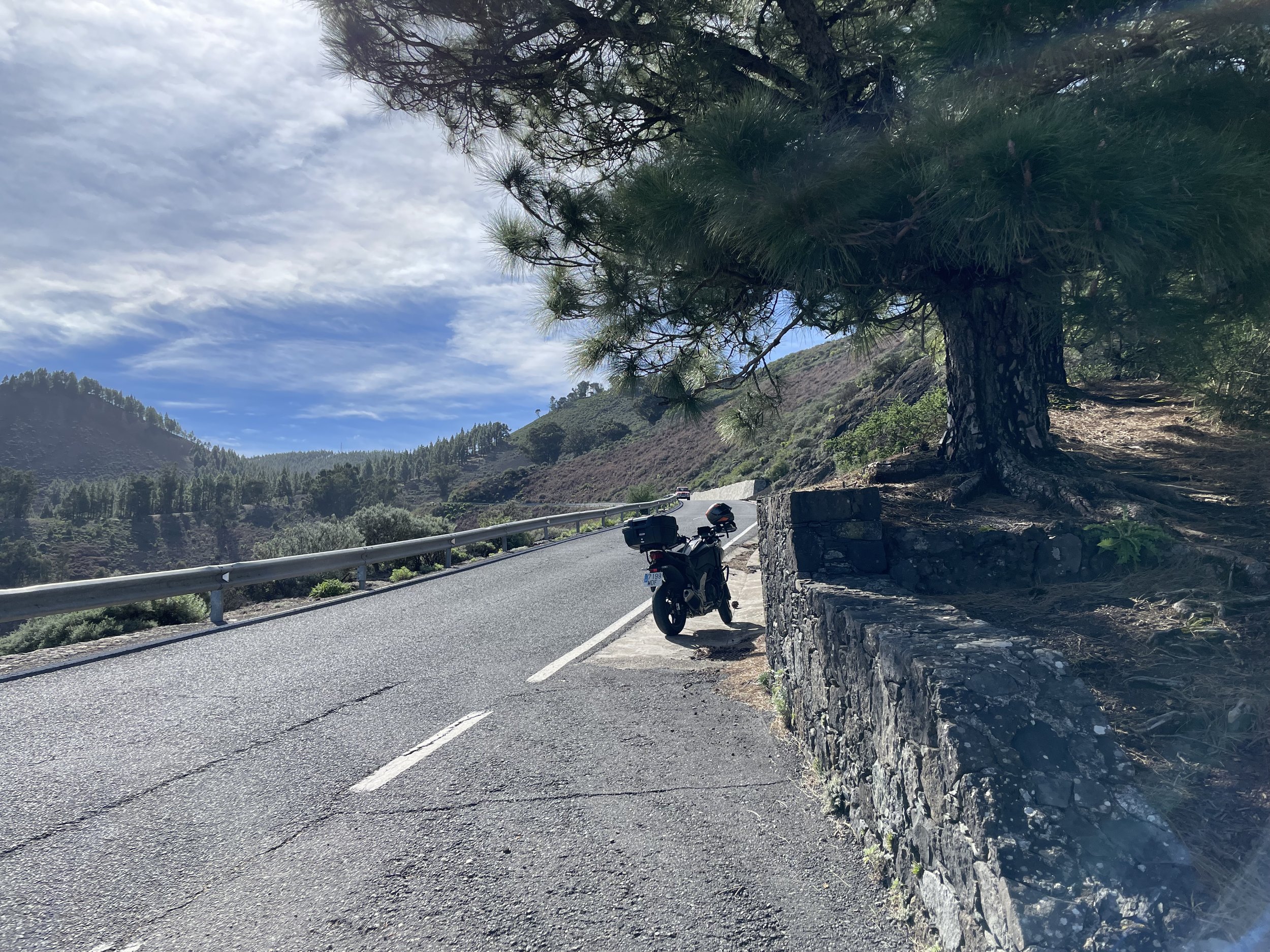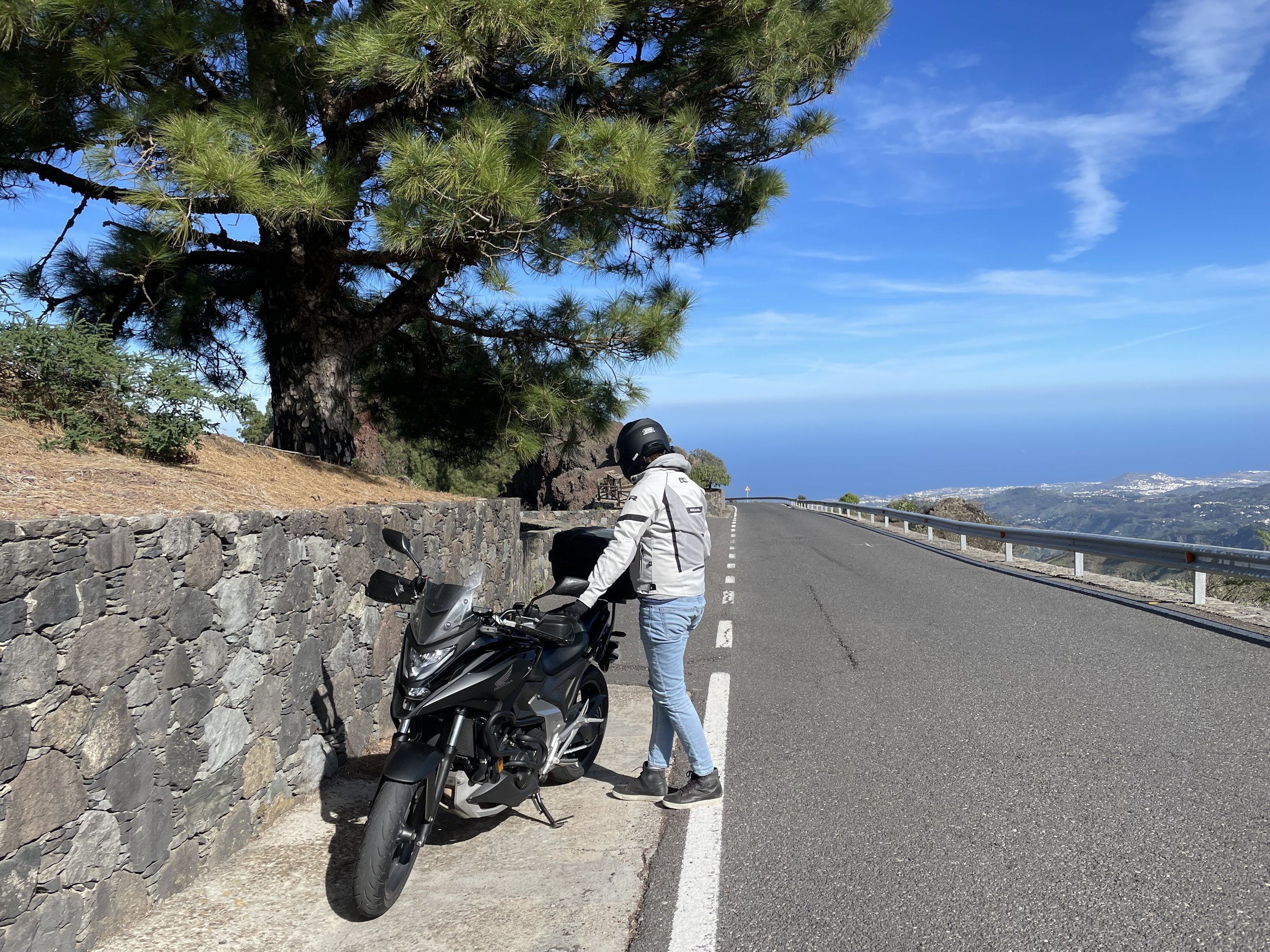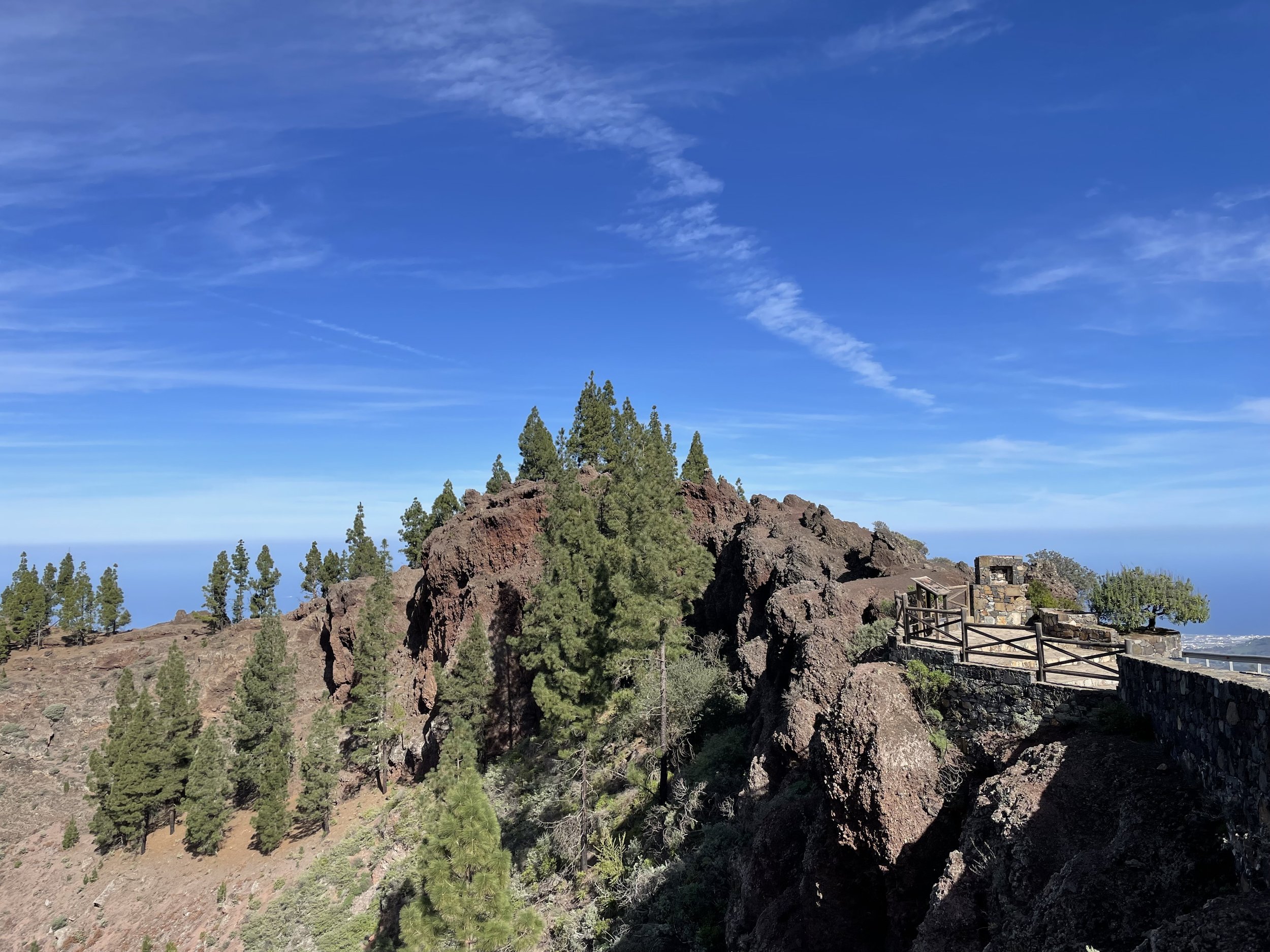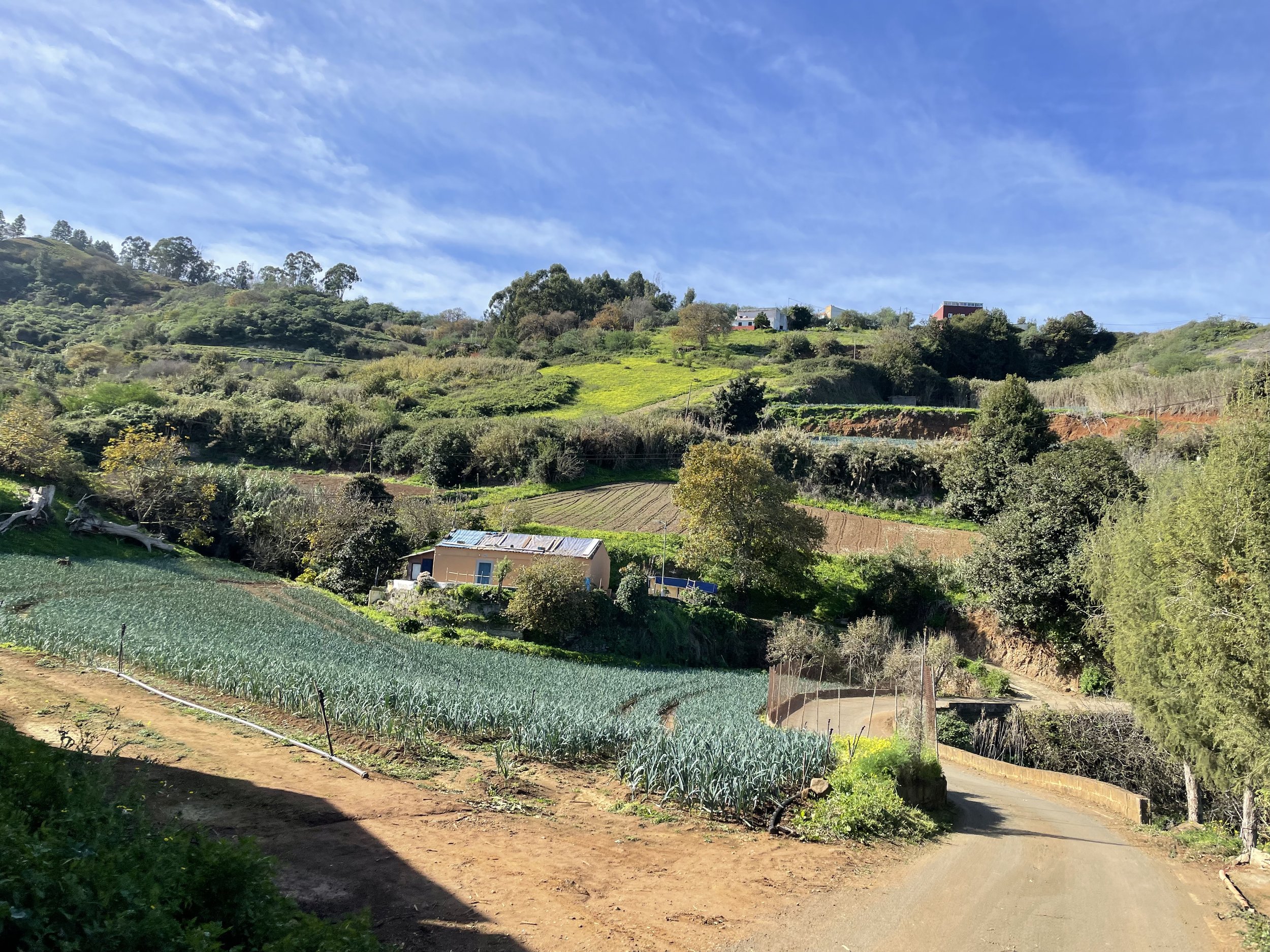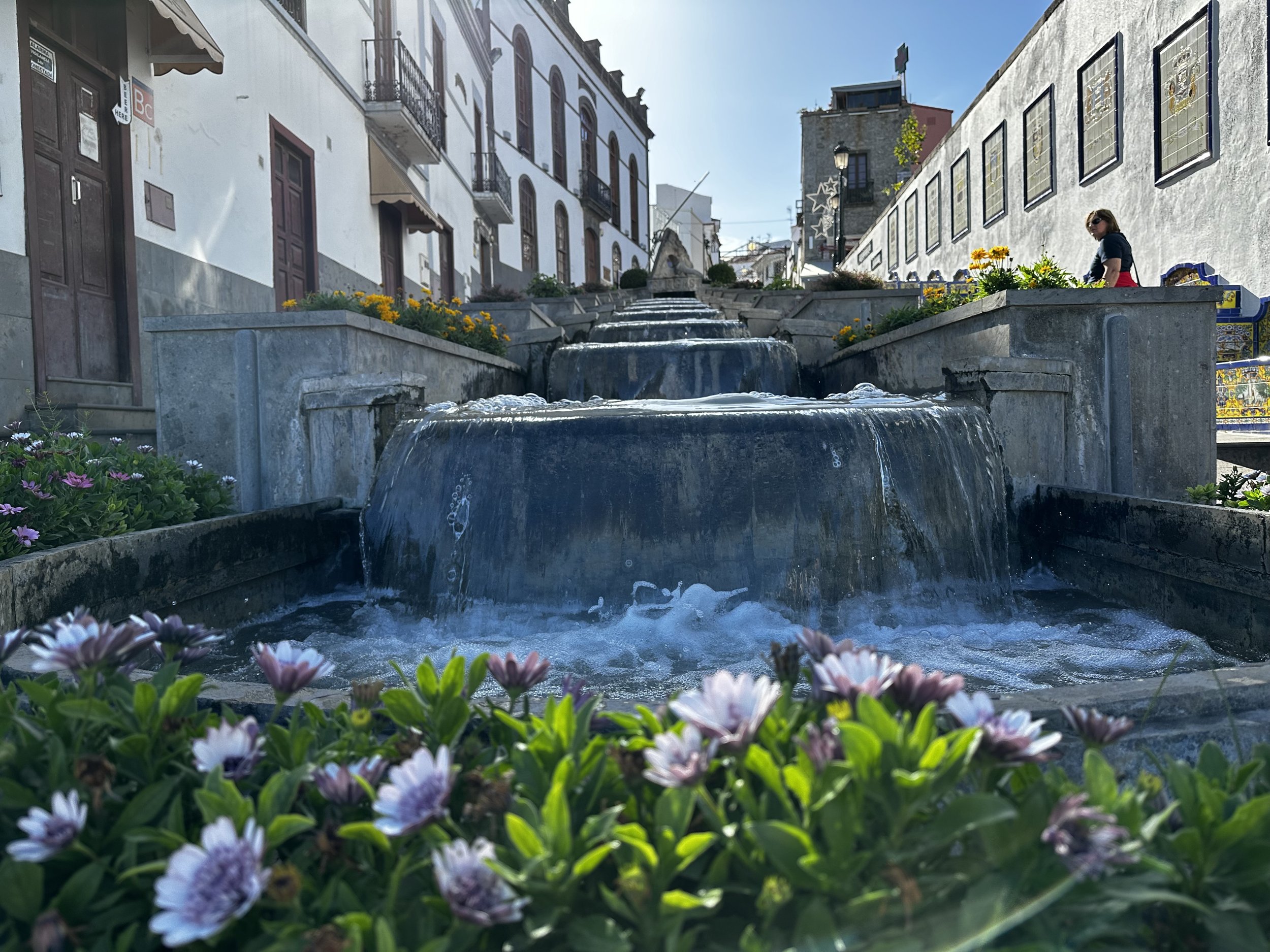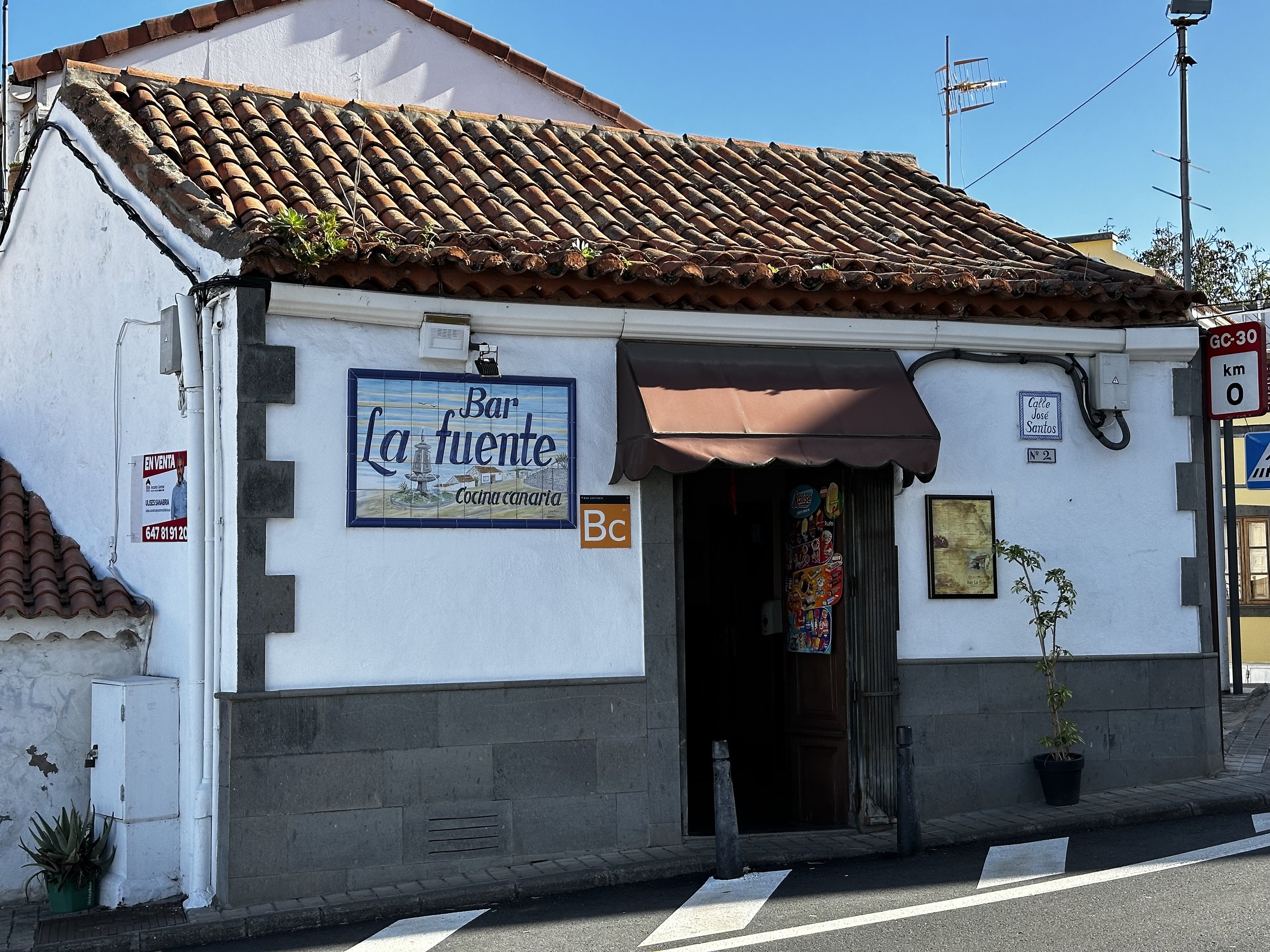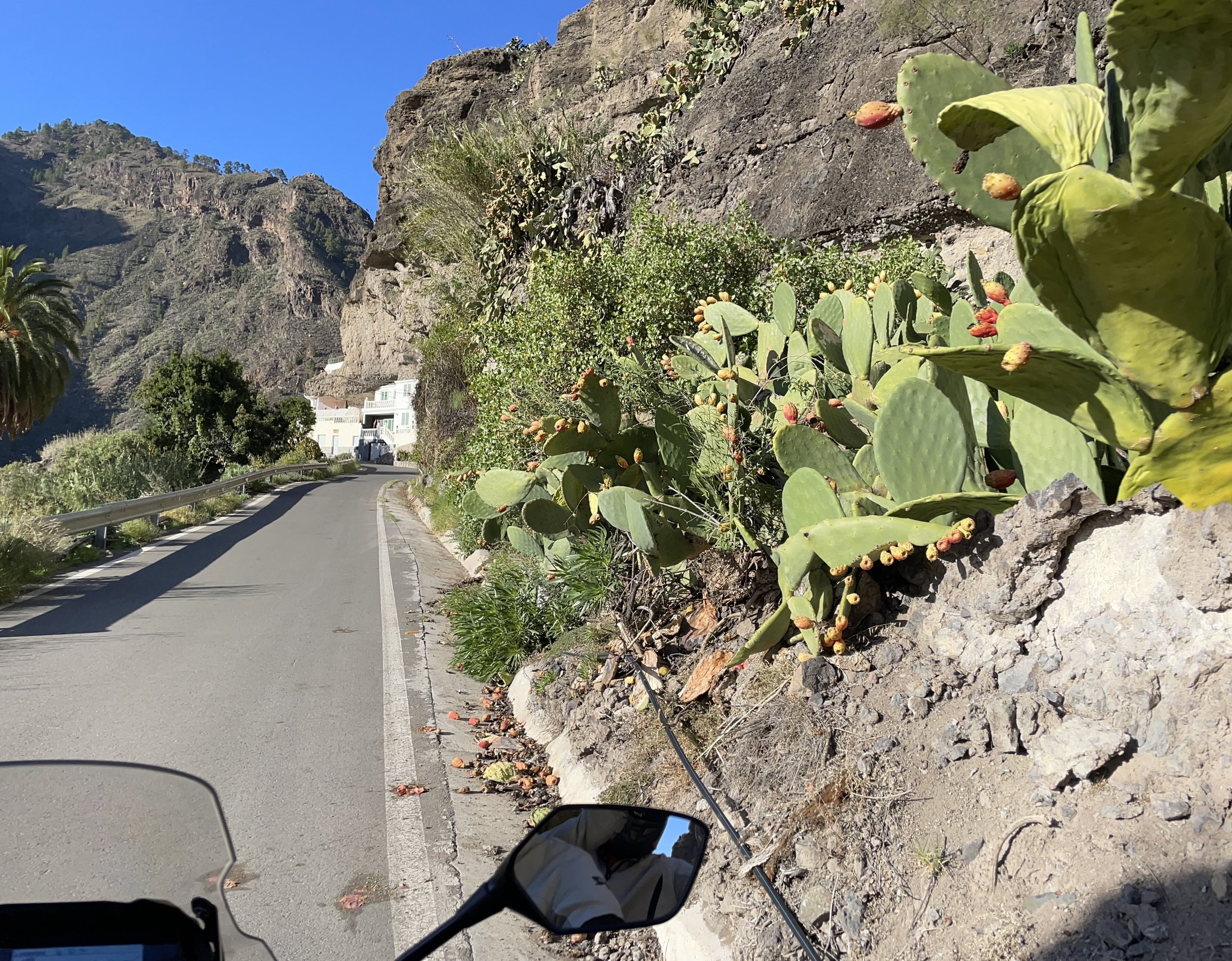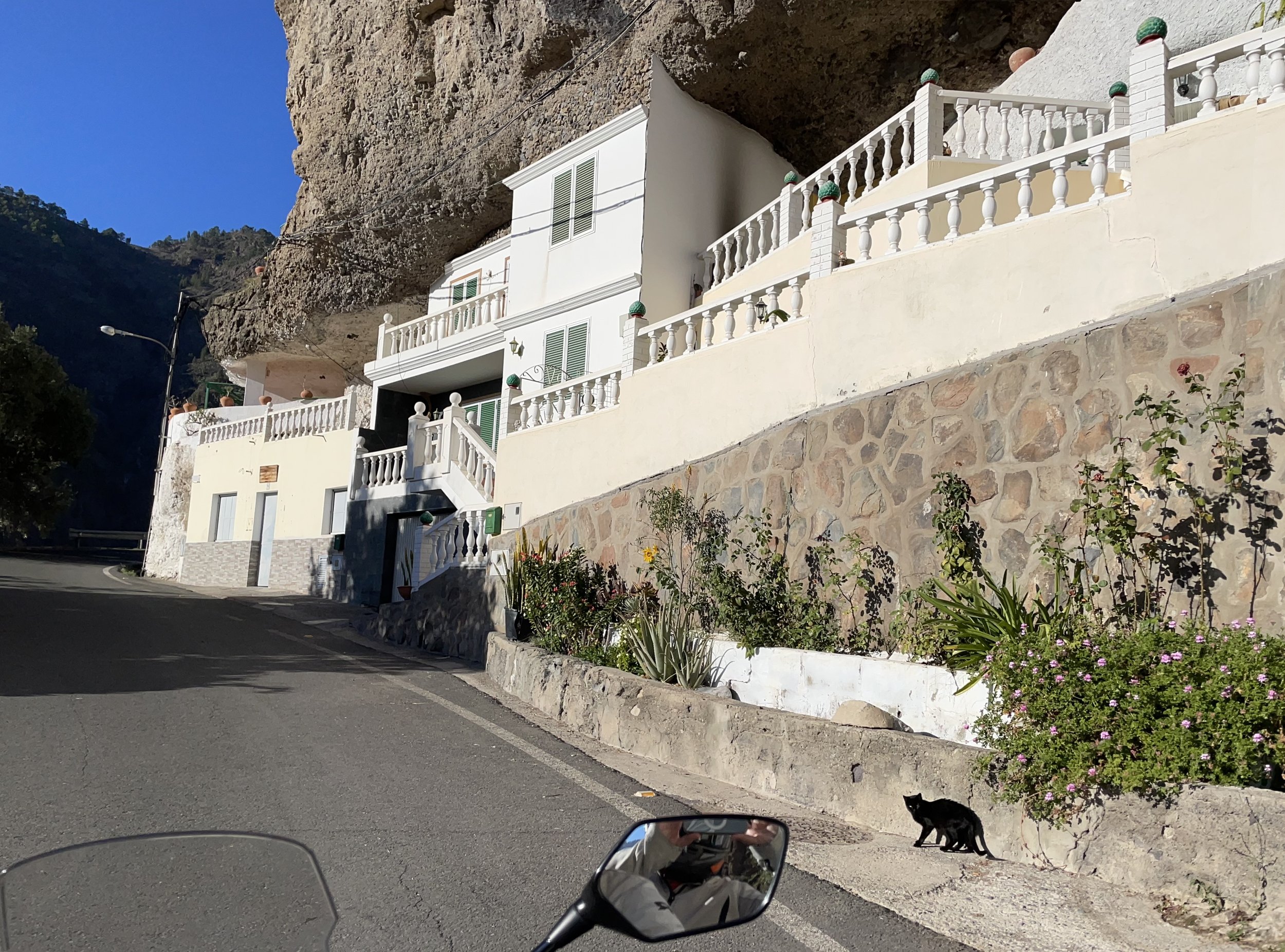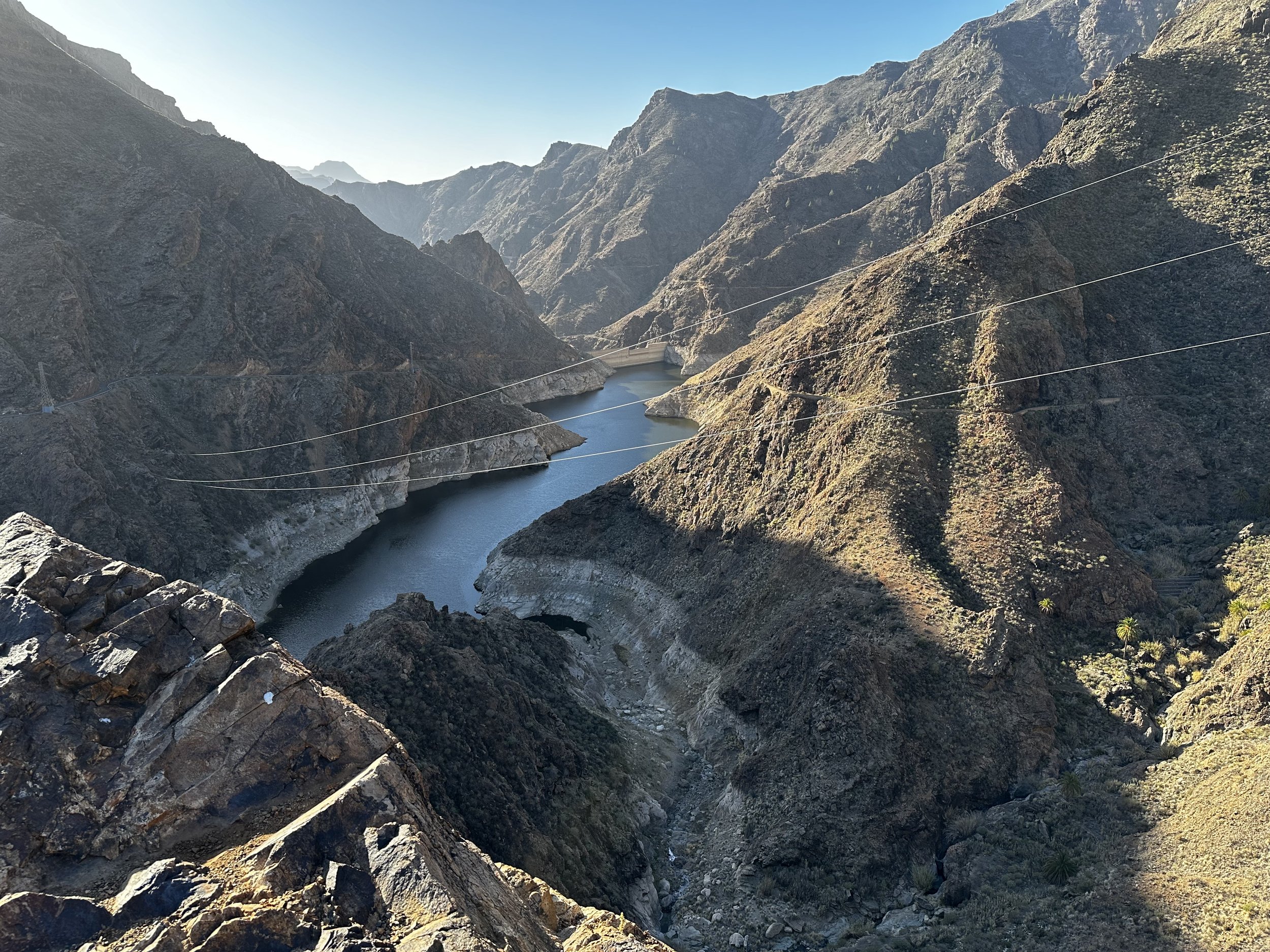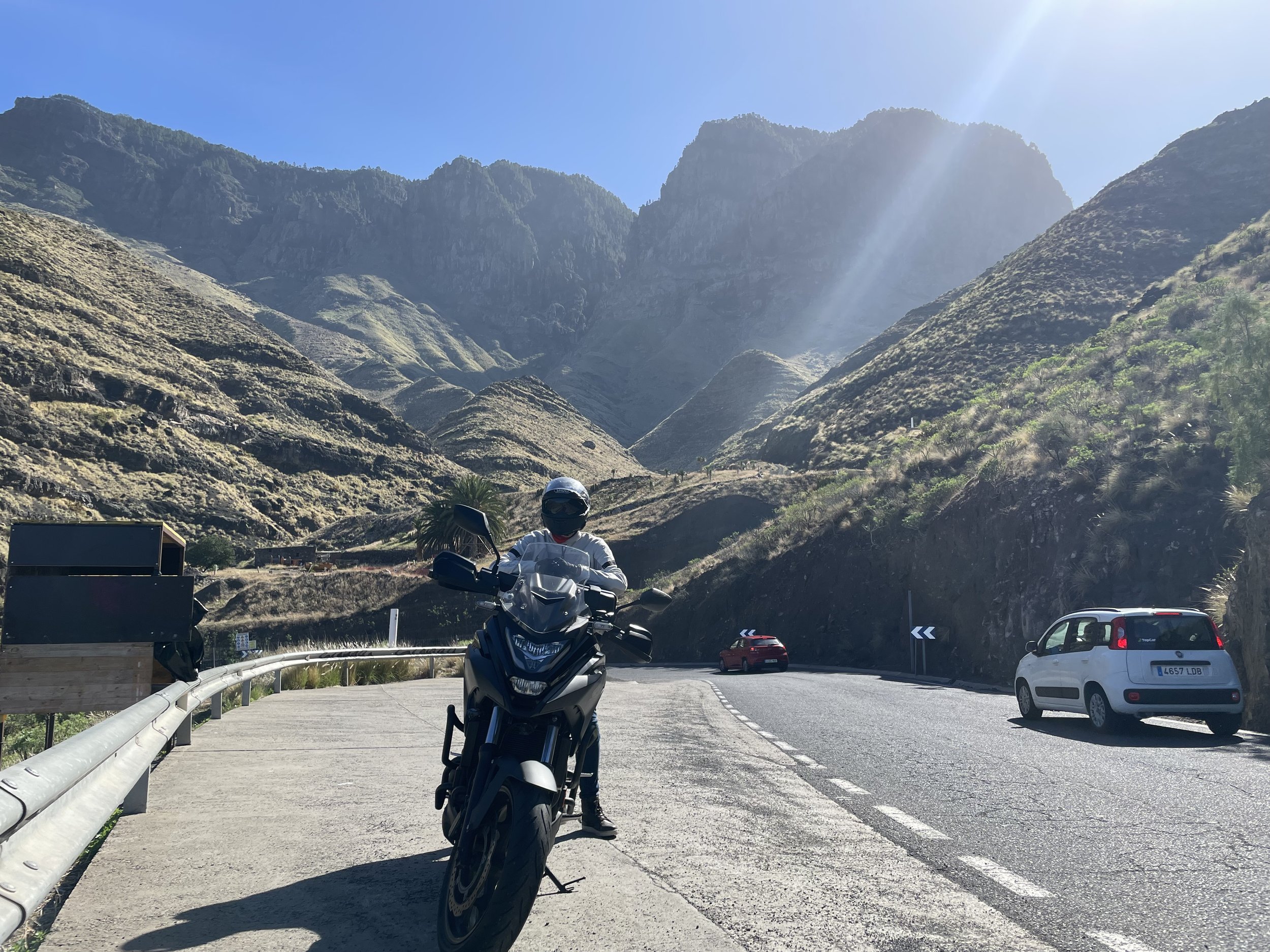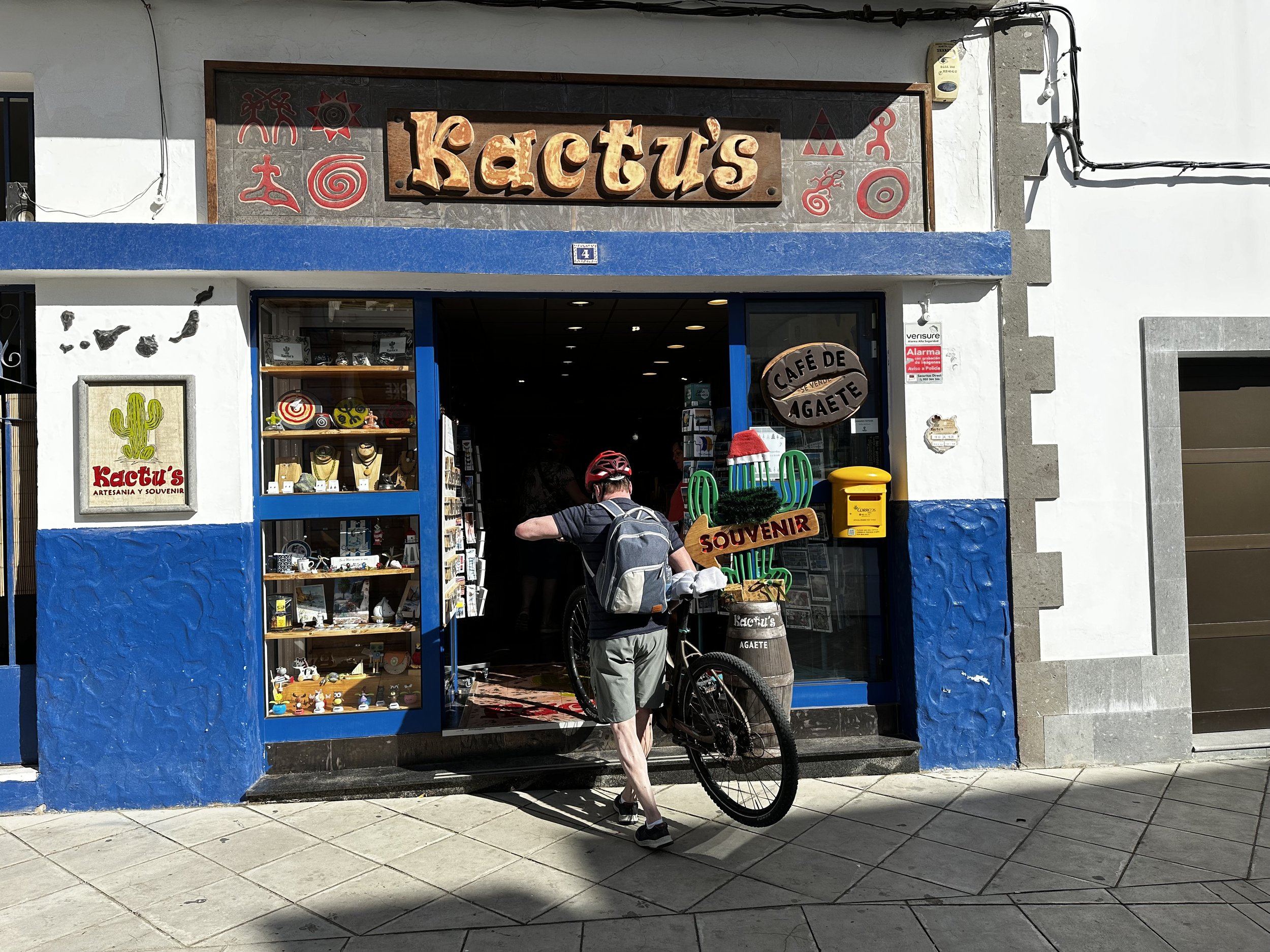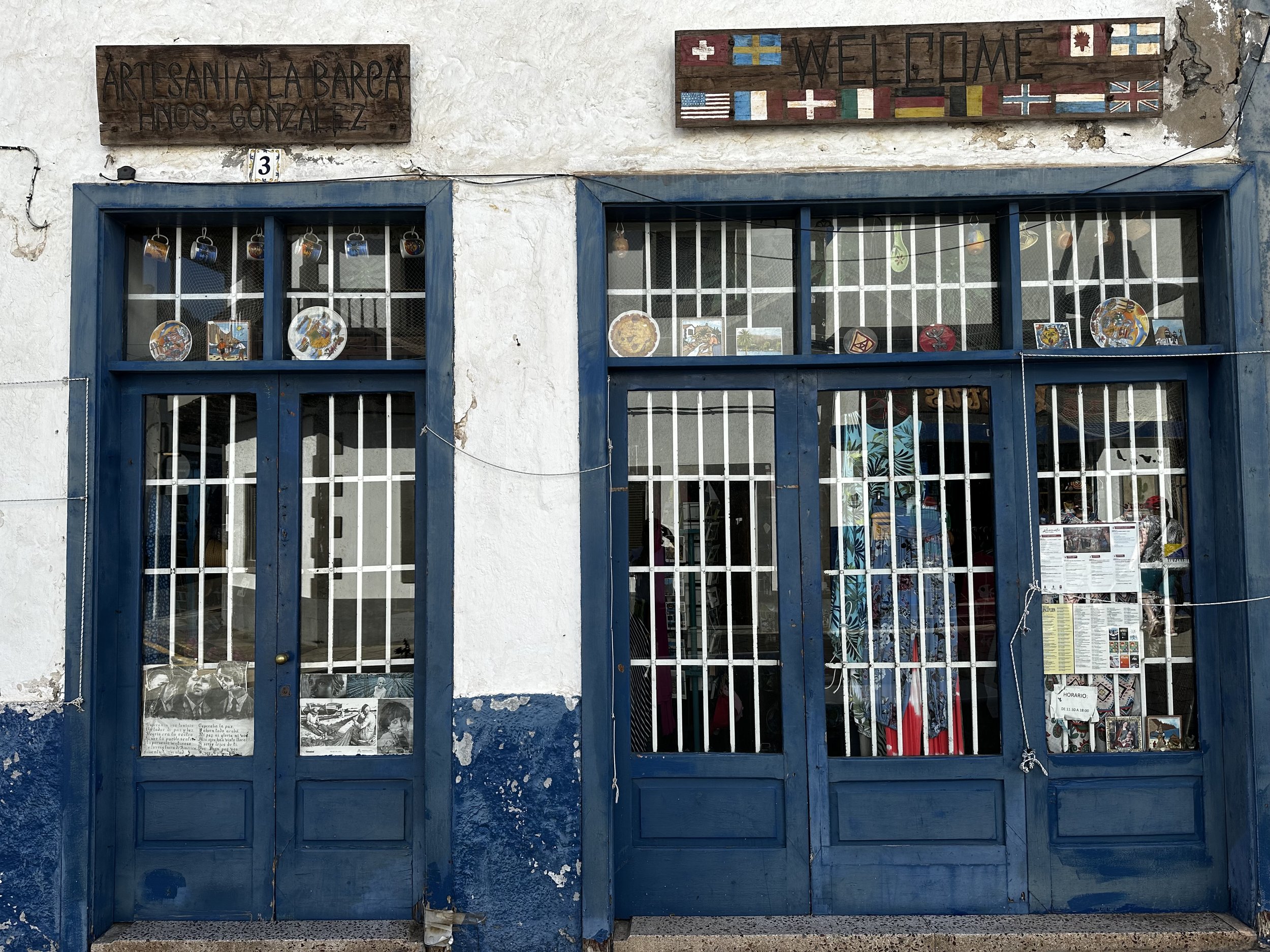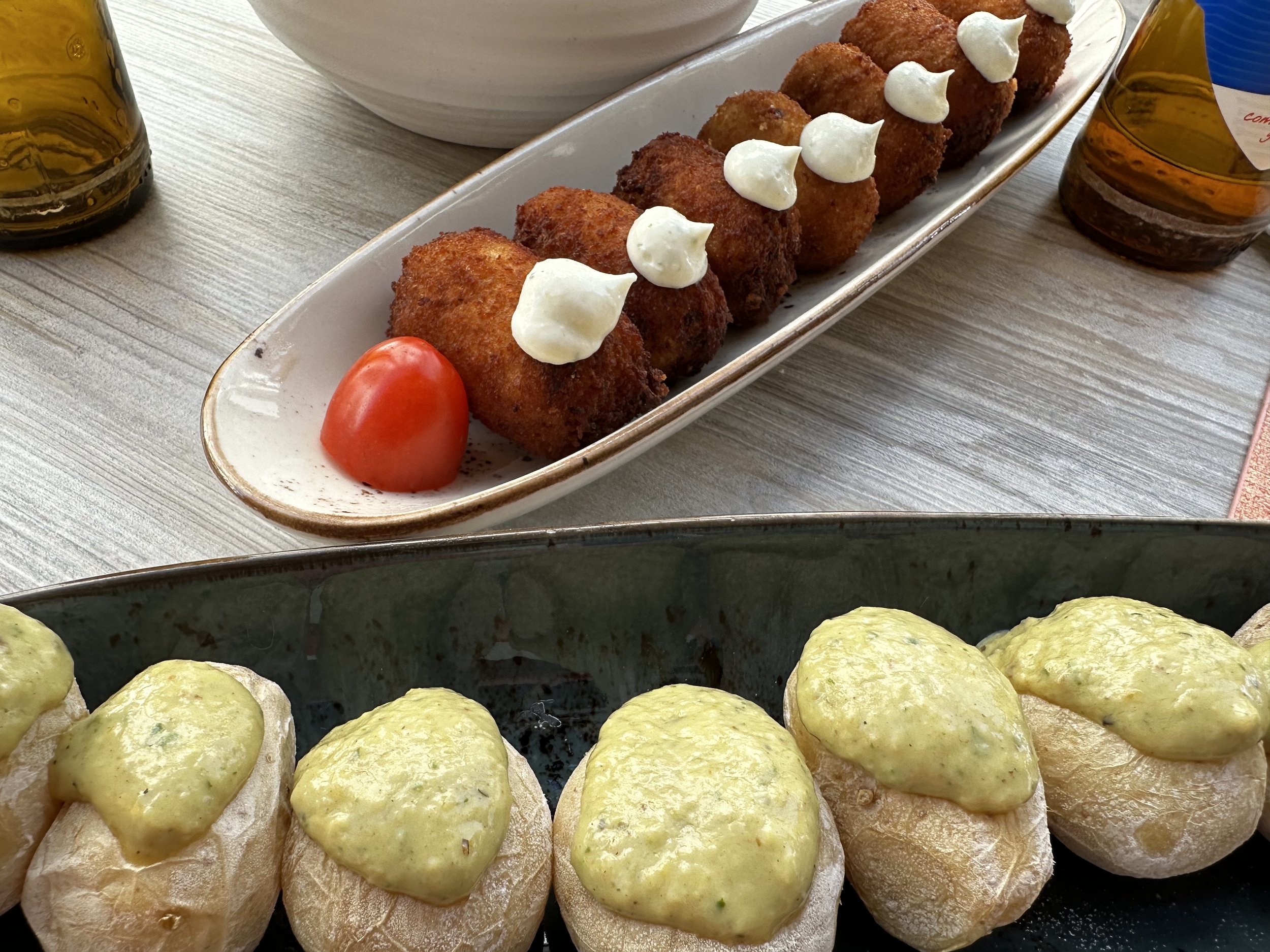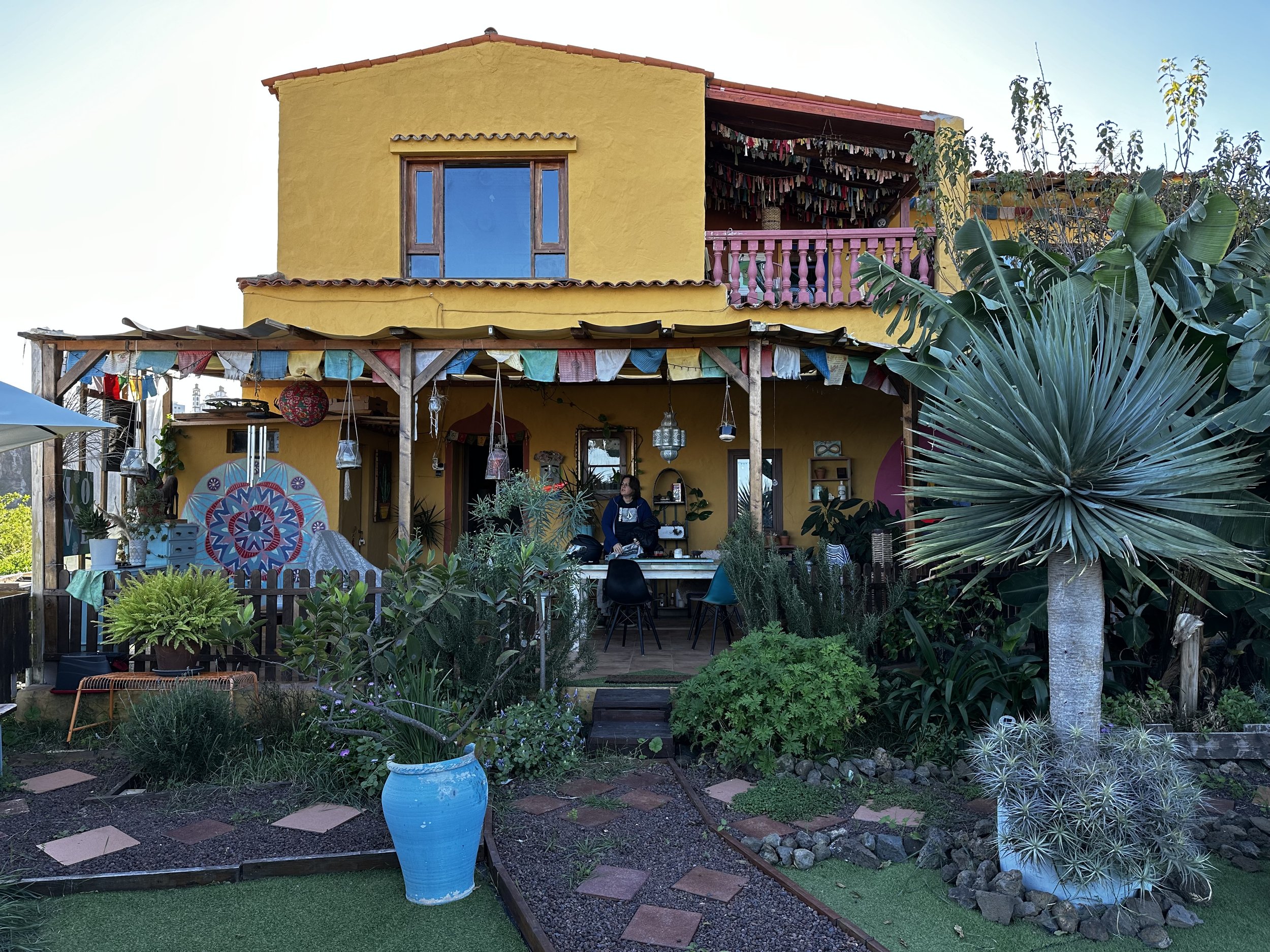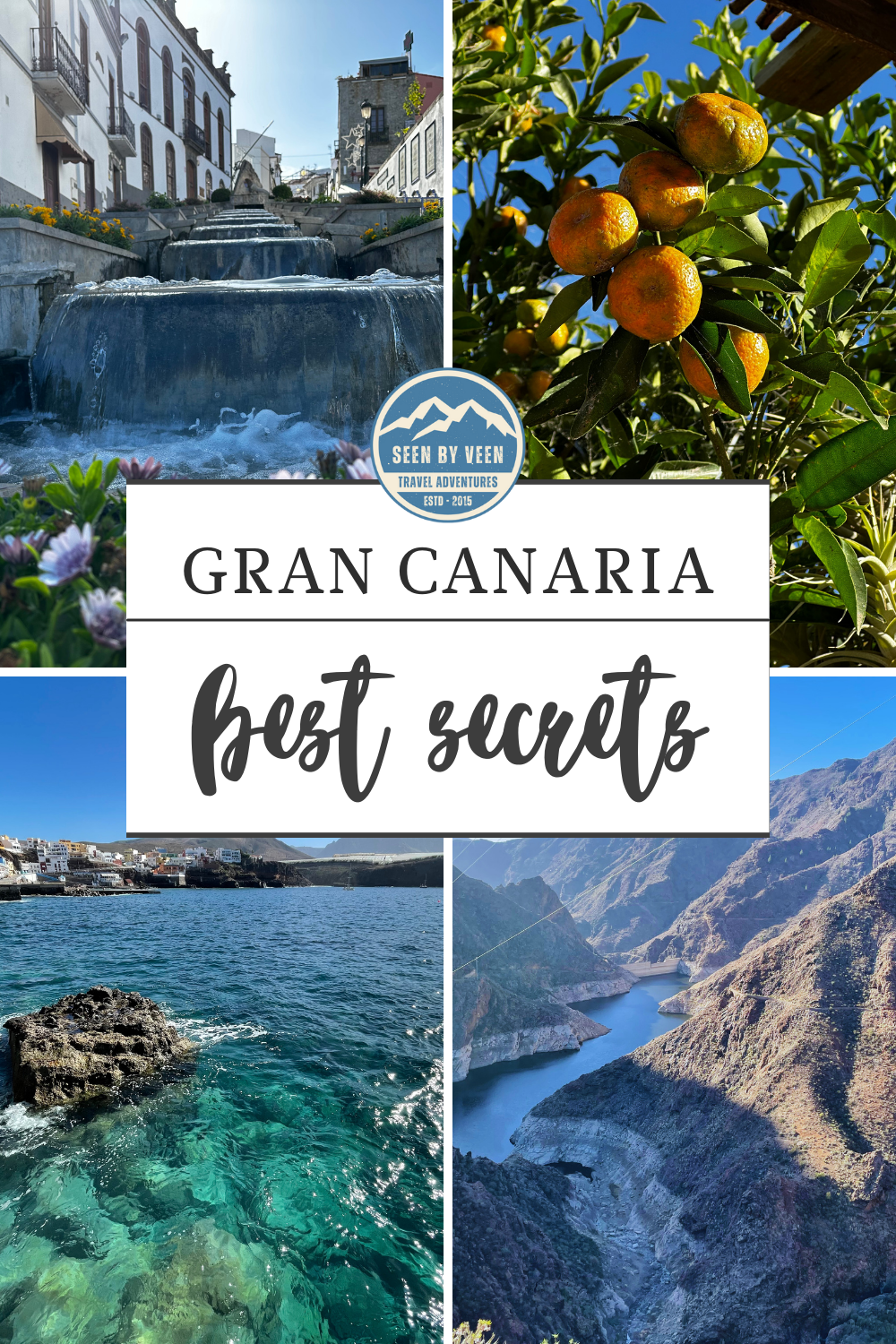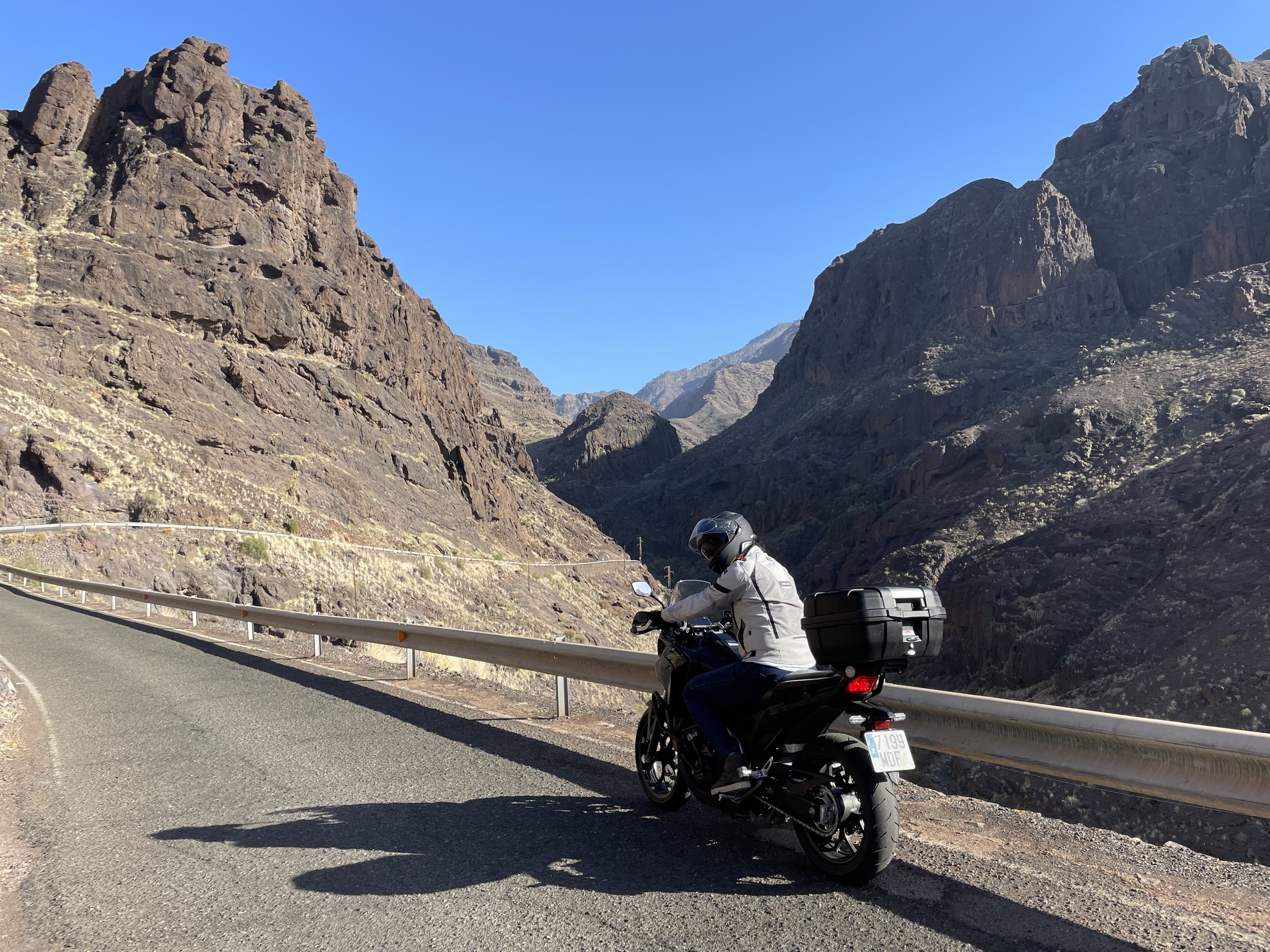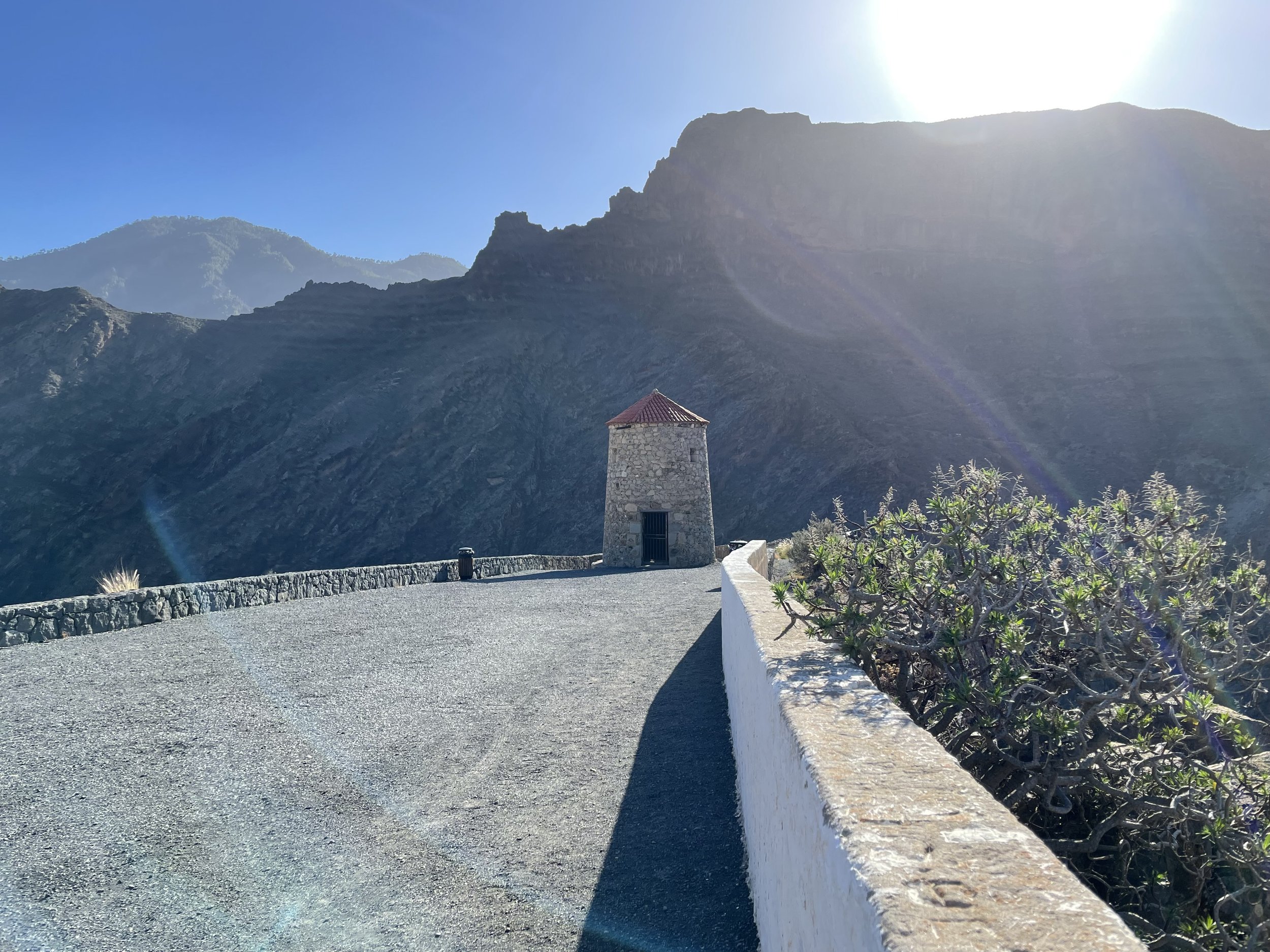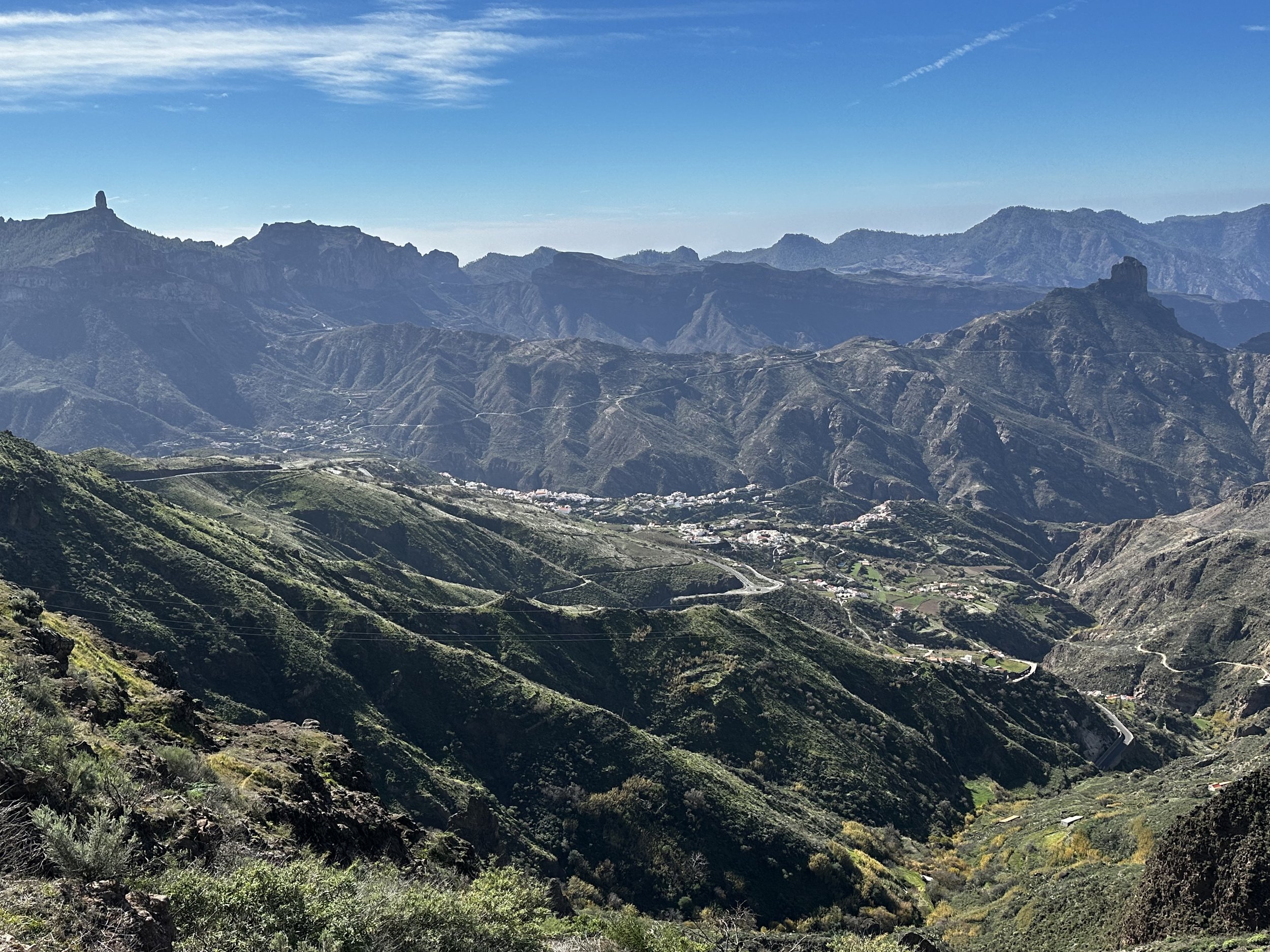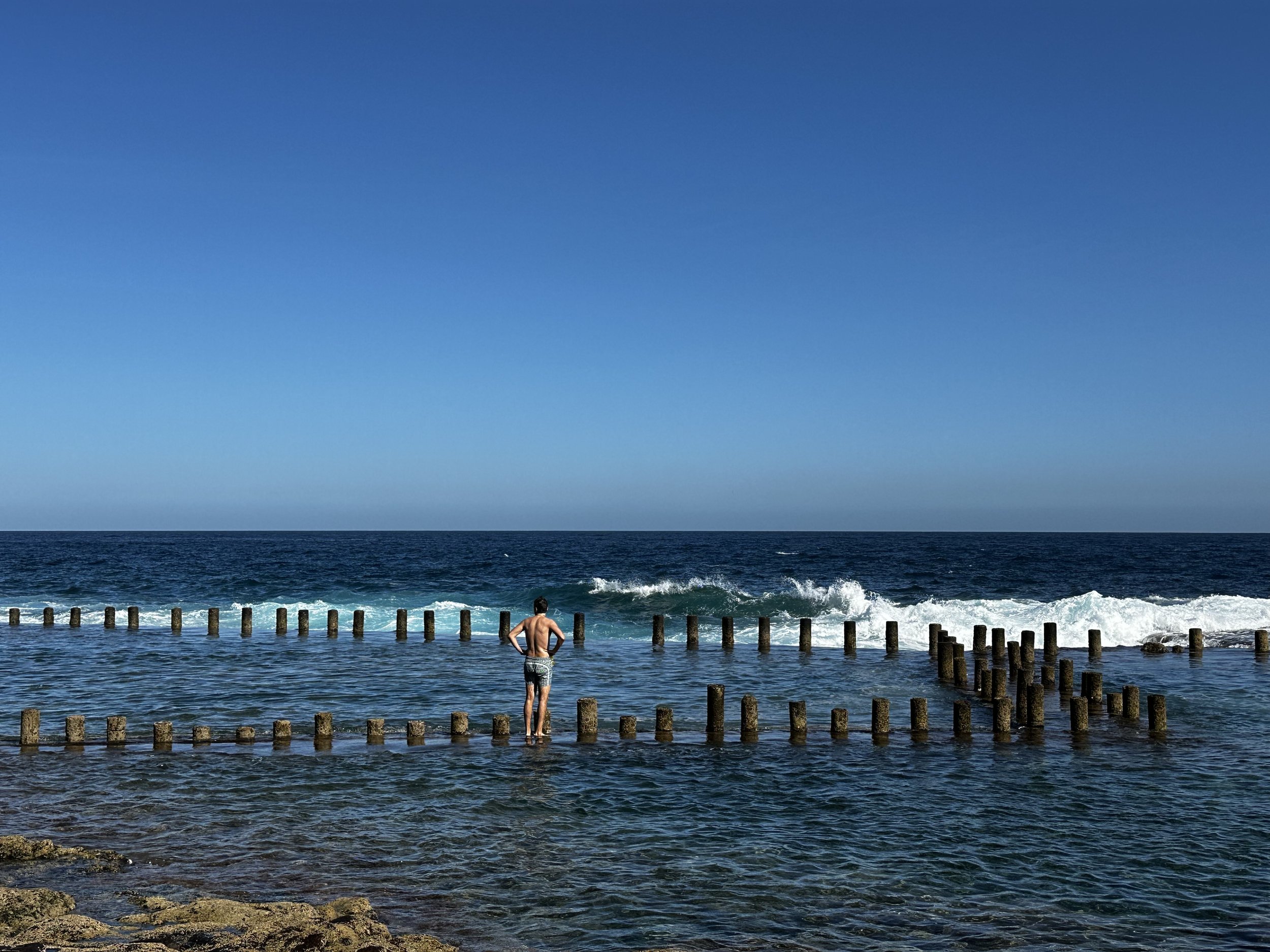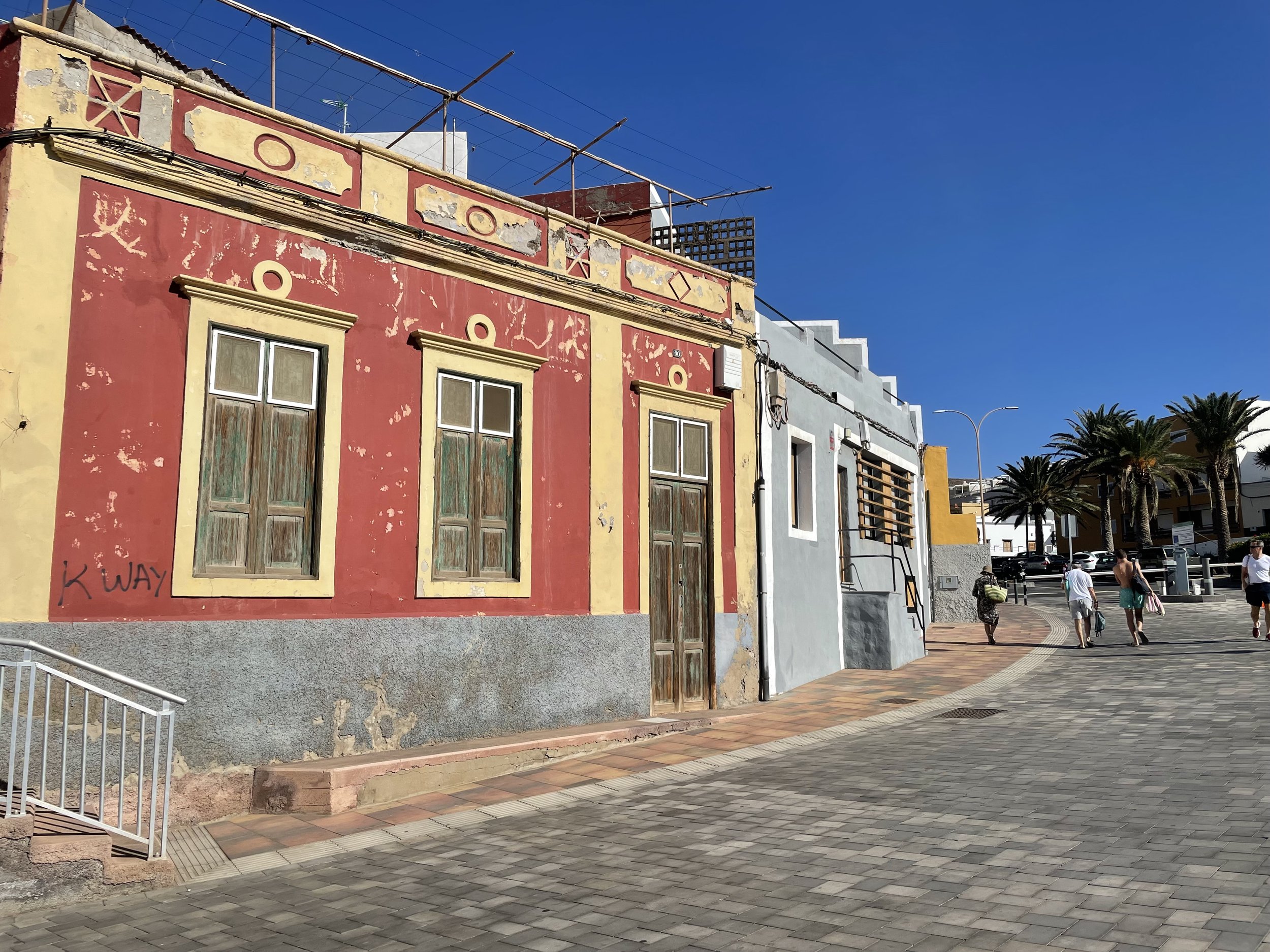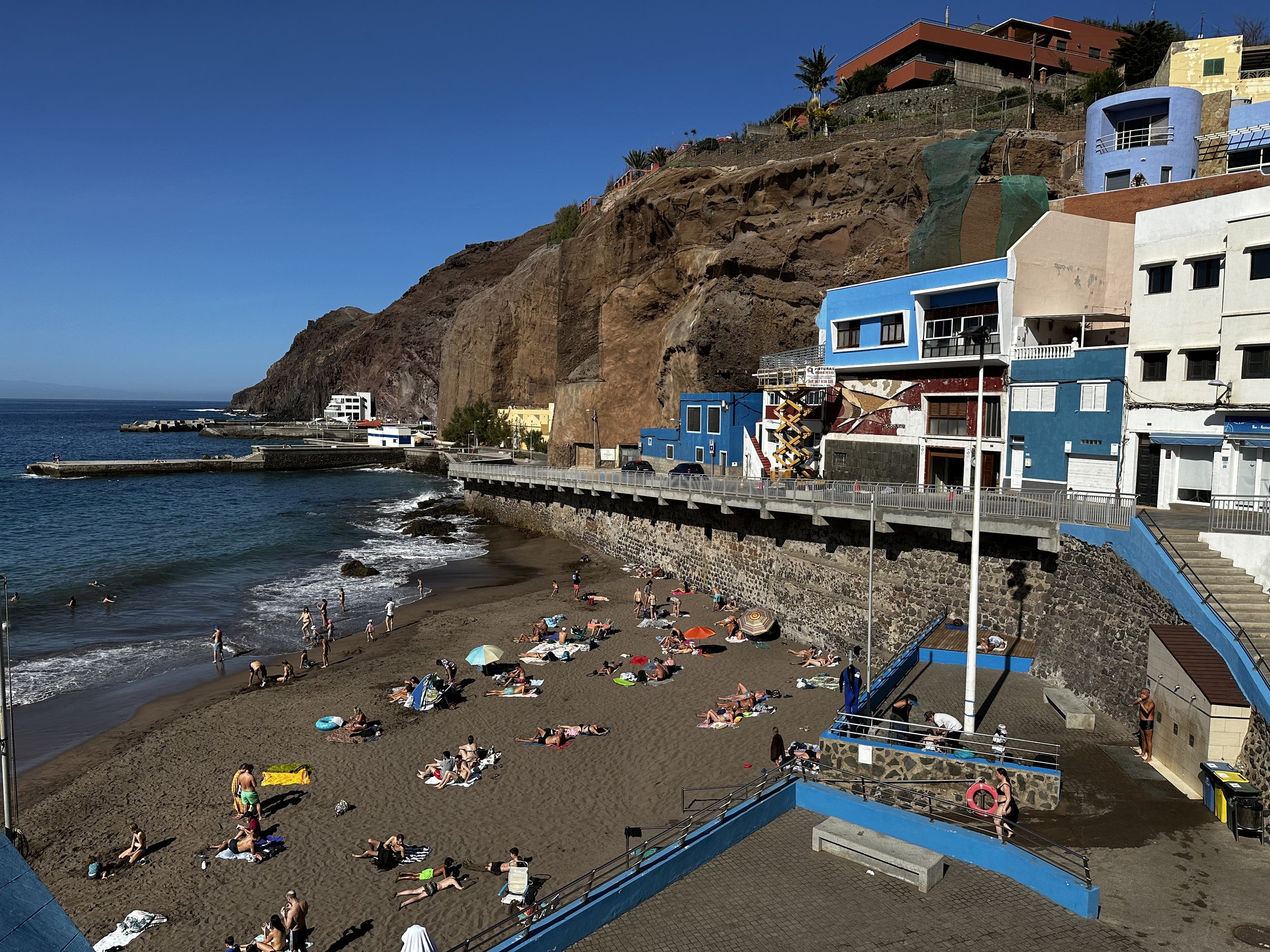Best Secrets of Gran Canaria, Spain.
Imagine some beautiful places around our planet, being picked up and placed on one single island. This is a summary of our experiences with Gran Canaria’s most diverse nature and what made us feel like we had visited several different countries, by spending a few days on this island alone!
An introduction to Gran Canaria:
First let’s give a proper introduction to Gran Canaria, the popular island that got nearly 3.8 million visitors in 2022.
Gran Canaria, one of the Canary Islands, is an island situated northwest of Africa and is part of Spain, but lies closer to the African continent. Its strategic location has made it a historical crossroads of cultures and trade. The island's diverse microclimates are a testament to its varied topography, encompassing coastal areas, deserts, and densely forested highlands.
Home to over 850,000 residents, Gran Canaria boasts a unique cultural fusion shaped by its historical influences. The indigenous Guanche people, Spanish colonizers, and subsequent waves of European and African immigrants have all contributed to the island's rich cultural tapestry. This blend is evident in the local cuisine, traditions, and language. The warmth of the Canarian people is reflected in their vibrant festivals, such as the Carnival of Las Palmas and the Fiesta de la Rama. (You can read more about these festivals and other events on the Spanish info website by clicking here). Local crafts, including traditional Canarian pottery and weaving, provide a glimpse into the island's artistic heritage.
Gran Canaria's economy thrives on tourism, agriculture, and trade. The tourism industry is a key player, attracting millions of visitors annually to its picturesque beaches and vibrant resorts. Agriculture flourishes in the fertile valleys, cultivating crops like bananas, tomatoes, and coffee. Additionally, the island's duty-free status has fostered a burgeoning trade sector.
While the golden beaches of Maspalomas and bustling capital city Las Palmas are well-known, Gran Canaria hides lesser-explored gems. The charming town of Teror, adorned with colonial architecture, and the Roque Nublo, a dramatic rock formation, offer quieter retreats for those seeking a more intimate connection with the island. We have already shared a few posts from Gran Canaria about the unique and picturesque villages that we visited in December 2023. We also made a short visit to Maspalomas where the famous sand dunes can be explored. Unfortunately we didn’t have the chance to see it by ourselves this time. (And in this blog we share the funny story about our visit to Maspalomas).
Nature enthusiasts are in for a treat on Gran Canaria, AND we speak from experience! The island's diverse ecosystems support a range of flora and fauna, with UNESCO-designated Biosphere Reserves in several areas. The Tamadaba National Park and the Guayadeque Ravine showcase the island's natural wonders, from laurel forests to unique bird species.
From Puerto de La Aldea to Artenara
The route with it’s curvy winding roads from Puerto de La Aldea to Artenara.
The scenic route from Puerto de La Aldea to Mirador del Molino. We drove through the majestic mountain landscape under a clear blue sky in December.
After our visit to Puerto de La Aldea we decided to continue our journey into the mountains, towards Mirador del Molino. One highlight of this route is the mesmerising mountain roads that wind through the heart of the island. The roads not only provide a thrilling drive, but also showcase the diverse terrain of Gran Canaria, from dense forests to rocky cliffs. When you go here, make sure to take your time to enjoy the journey and make plenty of stops to savour the panoramic views. You will go through lush valleys and small villages that offer glimpses of traditional Canarian architecture and local life. As you ascend, you’ll reach Mirador del Molino, a must-visit viewpoint that rewards you with some of the most dramatic and stunning views of the island. Admire the rugged mountains, deep ravines and the vast Atlantic Ocean beyond. We were completely blown away by the nature and we were basically alone the whole drive, and experienced a Gran Canaria we didn’t know existed. We can understand that many people would find it scary to go here by car because the roads can be quite narrow with really sharp curves. We saw a young couple that took the road with a scooter which could be an alternative, unless you are an experienced motorcycle driver. We took it slow and easy and the roads were in good condition with fences and road signs to keep it safe. It also helped that there was barely any traffic to make this a truly unique experience.
A stop at Mirador del Molino which is worth a visit for it’s wild mountain landscape and breathtaking views.
There are notable landmarks along the way, such as historic windmills that dot the landscape. These iconic structures serve as a testament to the island’s rich agricultural history. We mentioned Mirador del Molino, where we took a longer stop. It is situated in the municipality of Santa Brígida, in the central part of Gran Canaria. The exact coordinates are; 27.9925° N, 15.6943° W. On a clear day you can see the island of Tenerife from this viewpoint and it is also said to have some great sunsets from this view. The name "Mirador del Molino" translates to "Mill View," and it is named after the historic windmill located at the site. The windmill adds a touch of charm and nostalgia to the scenery, serving as a reminder of the island's agricultural heritage. This place also serves as a starting point for various hiking trails. Exploring these trails allows visitors to immerse themselves in the island's diverse ecosystems and enjoy the fresh mountain air. If you are into photography, this is also a place to capture some beauty shots and enjoy the play between light and shadow including the unique scenery. When we first arrived we found ourselves being all alone, and a little later a few cars arrived so it is not crowded with tourists, at least not in our experience.
Tejeda - Mountain Village
Below the mountains you see little white houses in the mountain village of Tejeda. Photo is from the viewpoint Mirador Pico de la Gorra
During our stay we also decided to pay a visit to the mountain village of Tejeda, which we heard from our motorcycle rental friend was both a popular route for motorcyclists as well as one of the top places to visit. Tejeda has around 2500 inhabitants and is located in the heart of the island. We got an amazing view from the viewpoint “Mirador Pico de la Gorra”. From here you can see the village below the mountains and the iconic landmark “Roque Nublo”, a colossal volcanic rock formation that you can spot in the picture above (to the left). The rock hold spiritual and cultural significance for the indigenous people of the island.
Tejeda was really a beautiful experience and well worth a visit. Don’t miss to check out the gallery below for more photos.

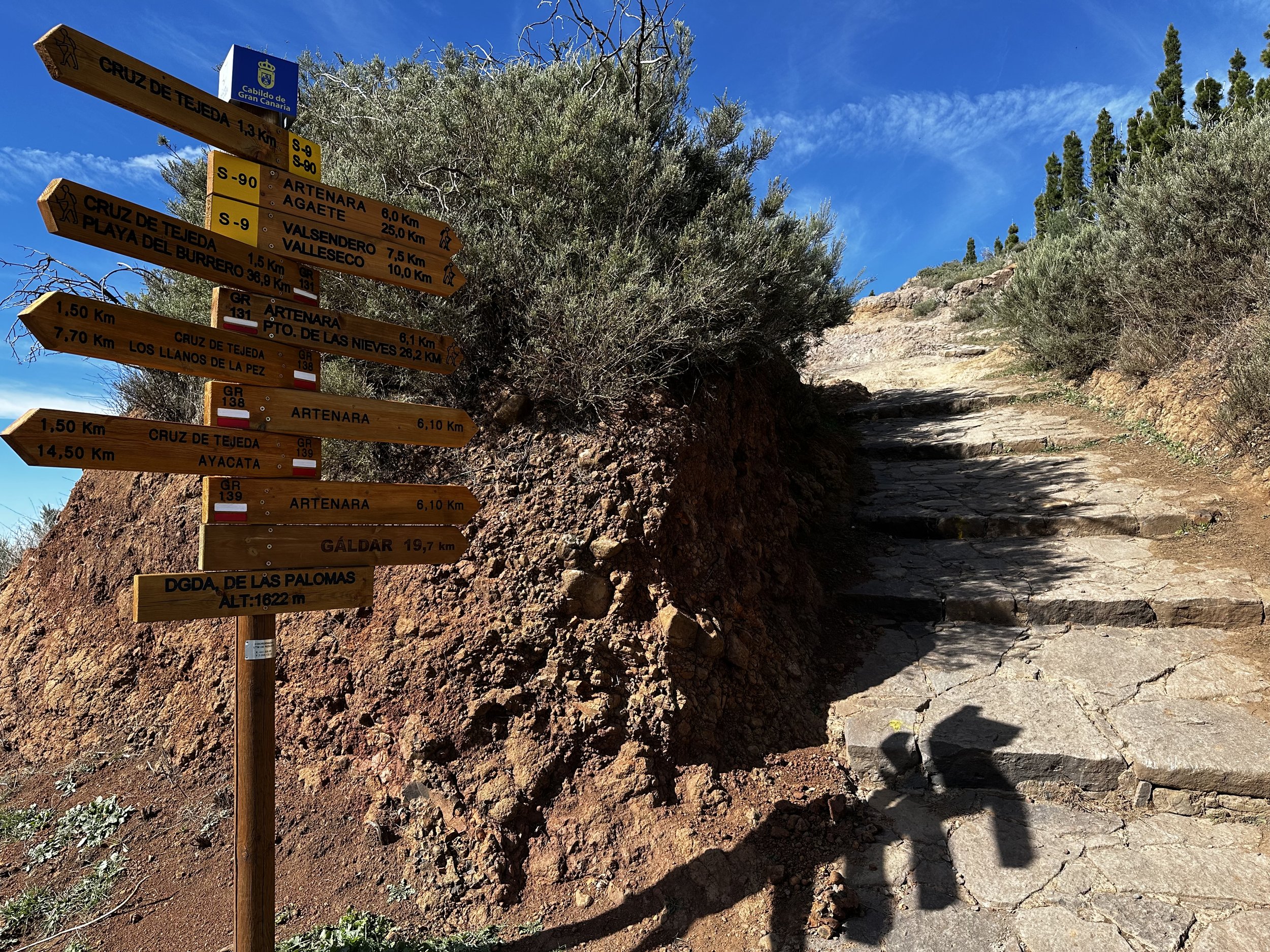
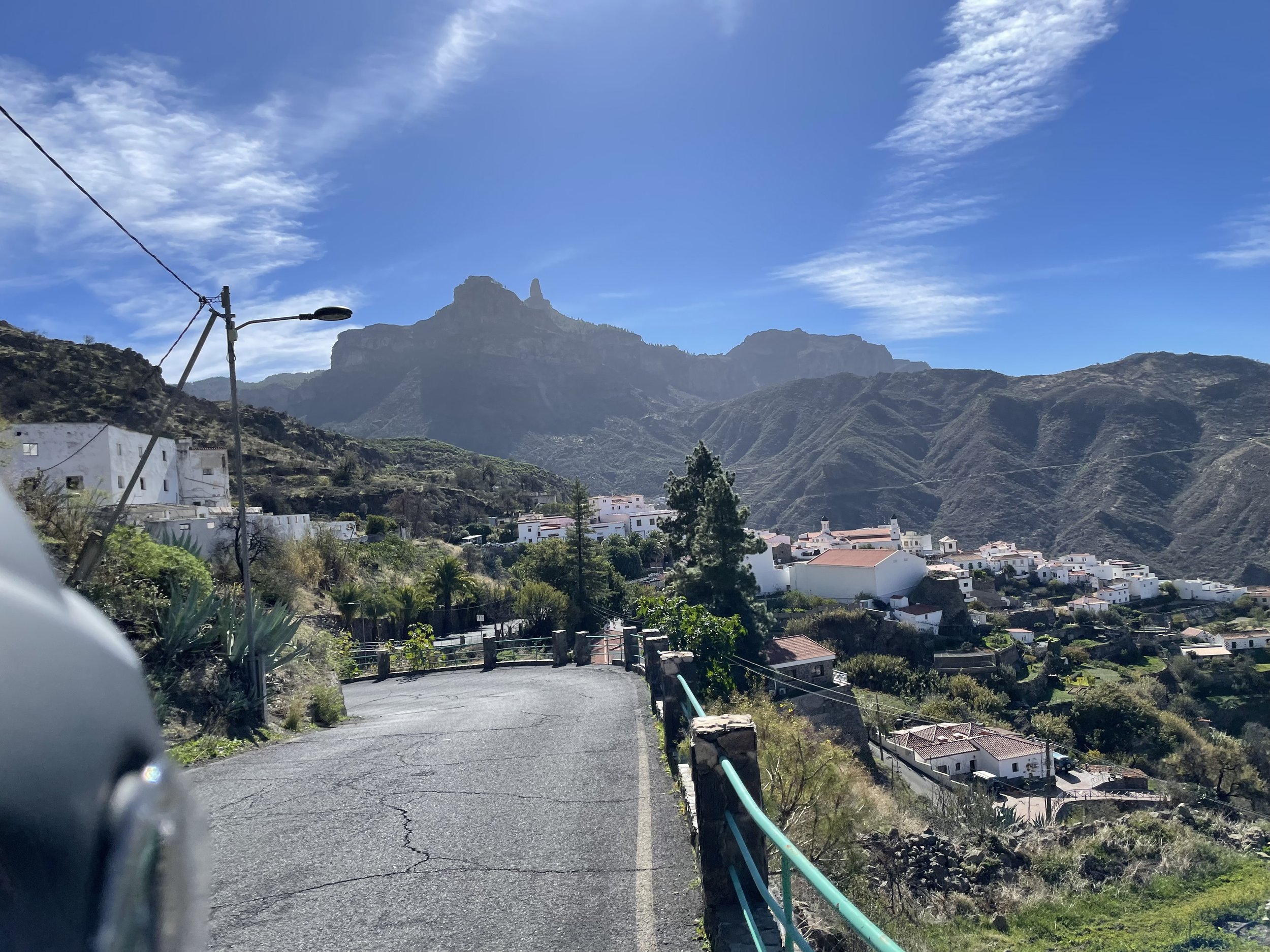
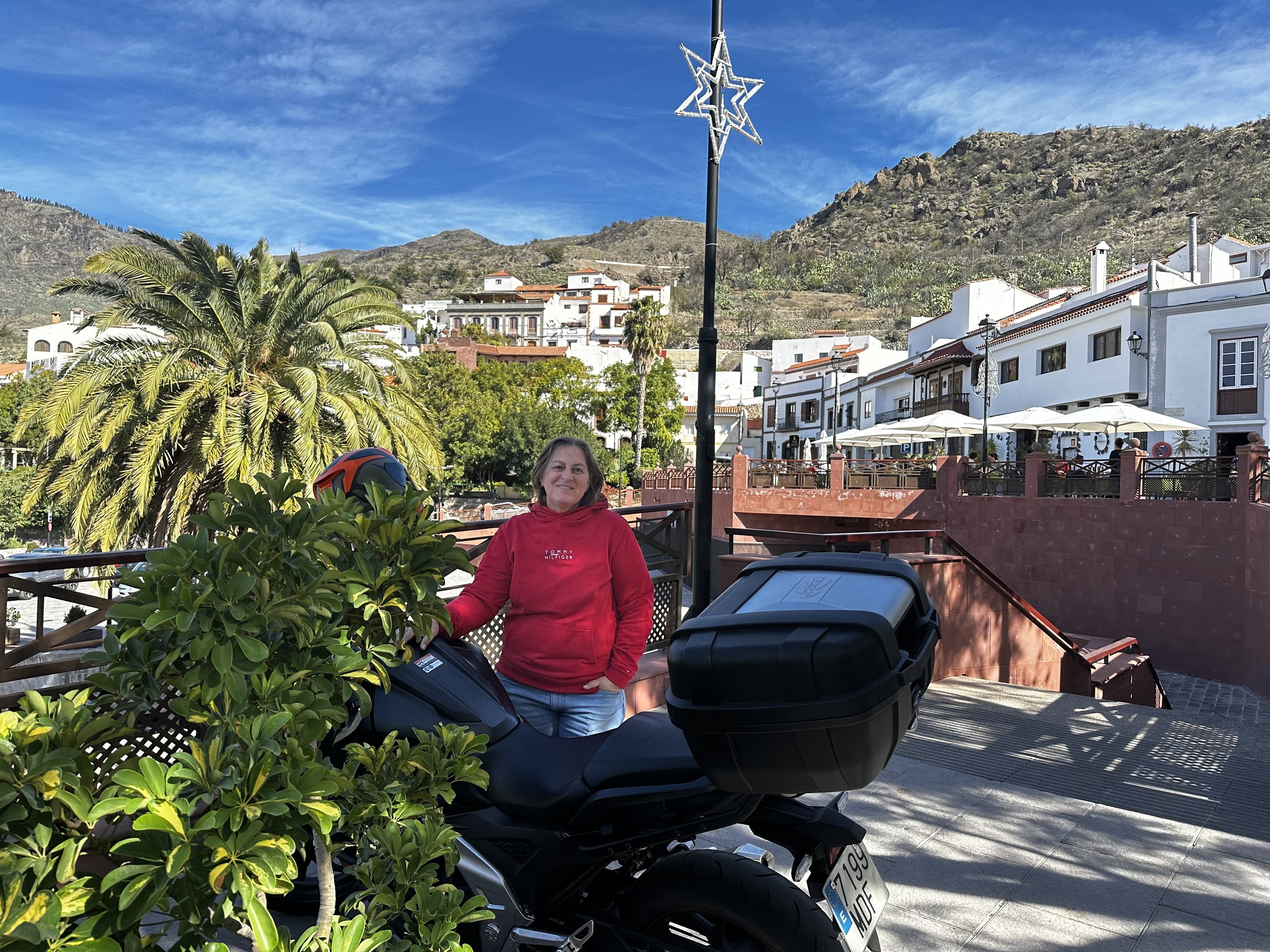
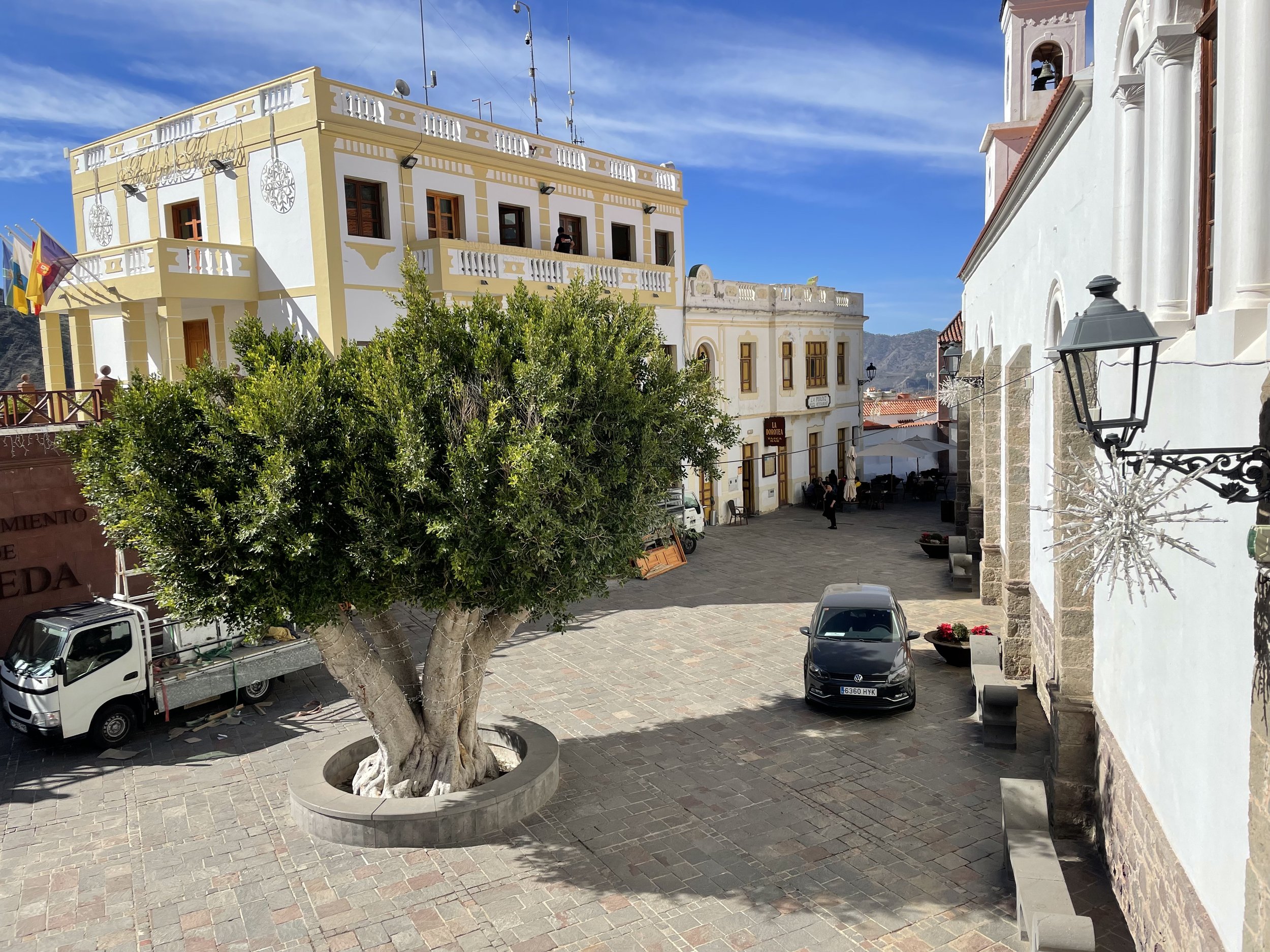
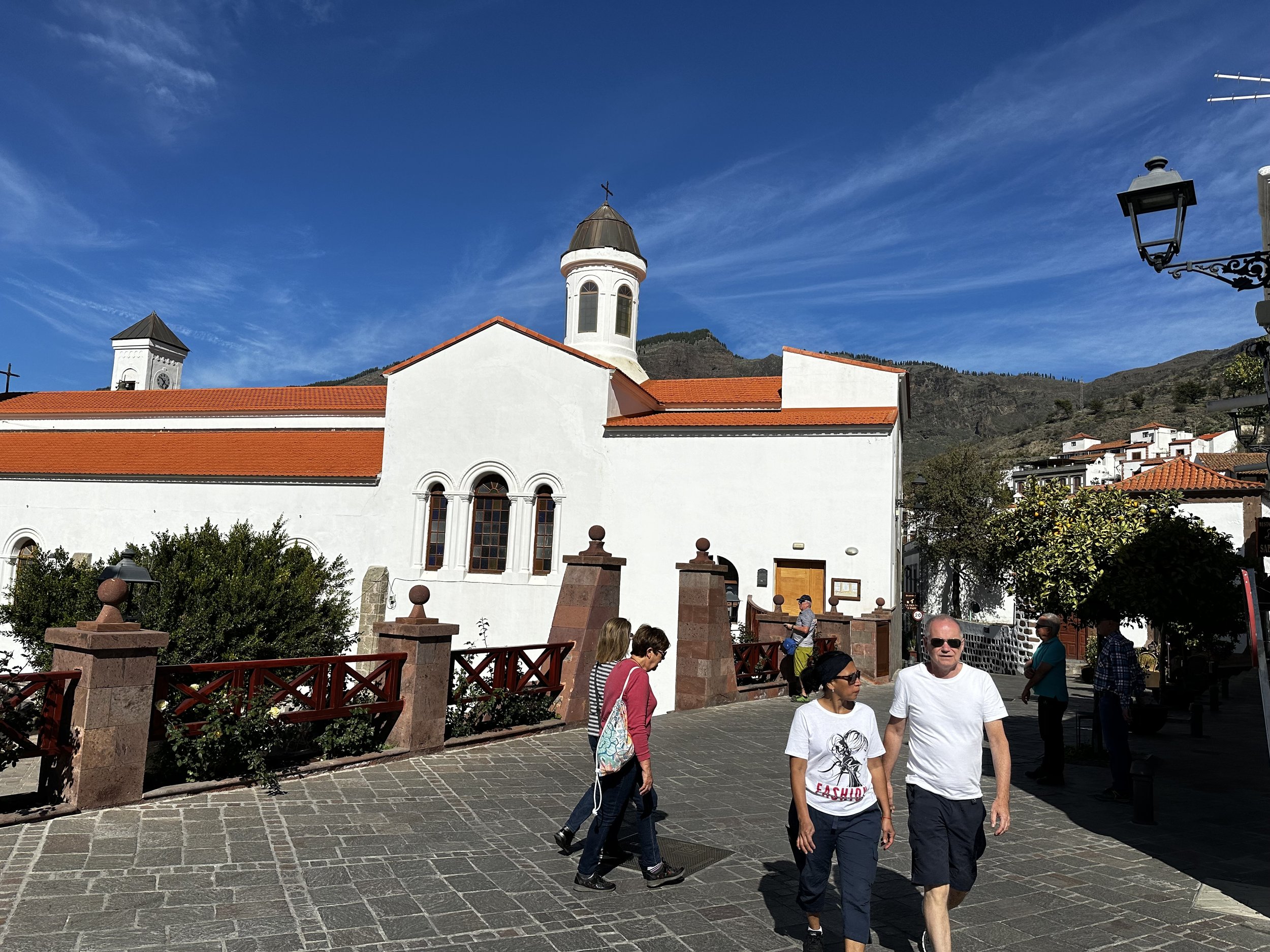
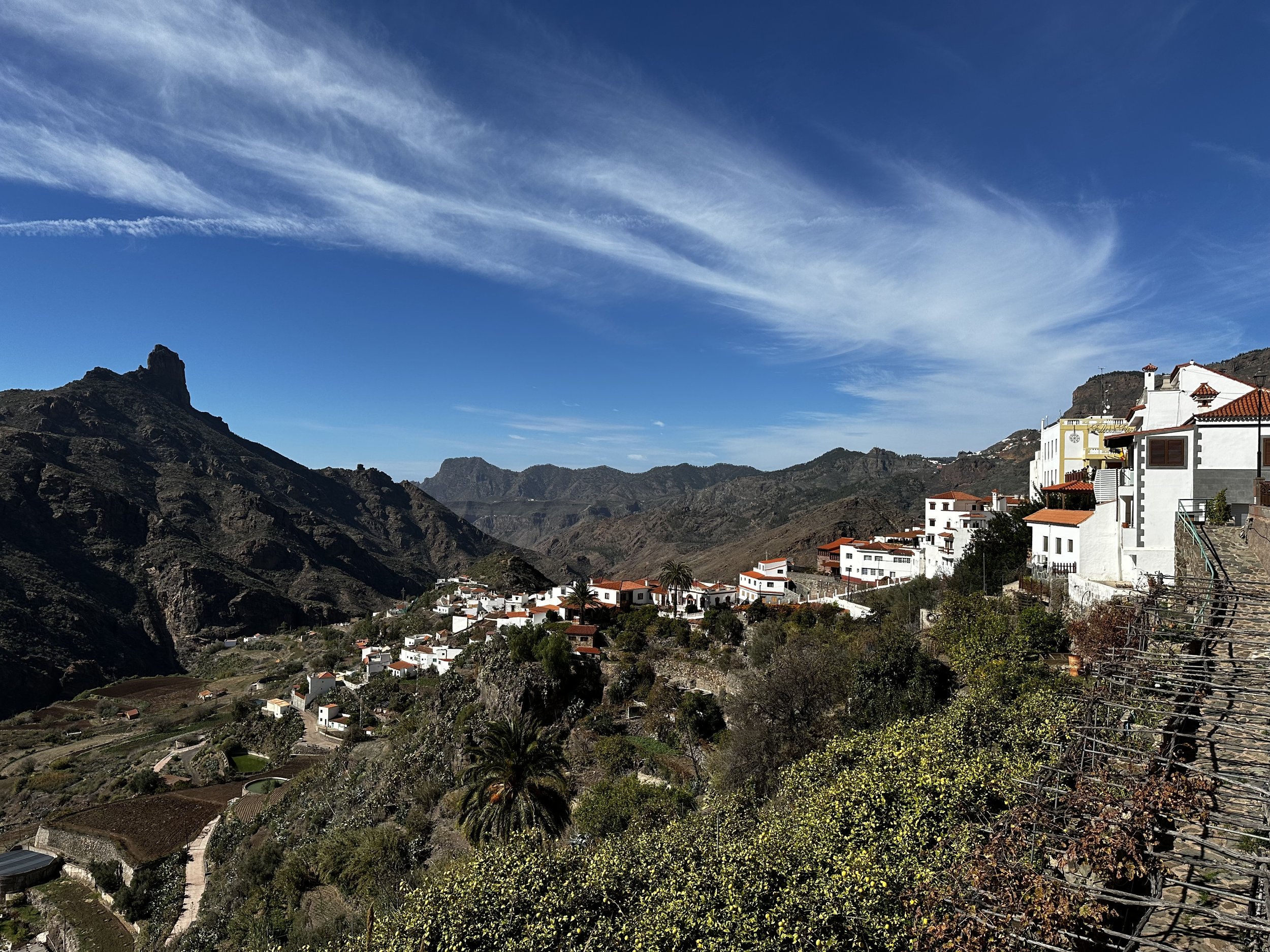
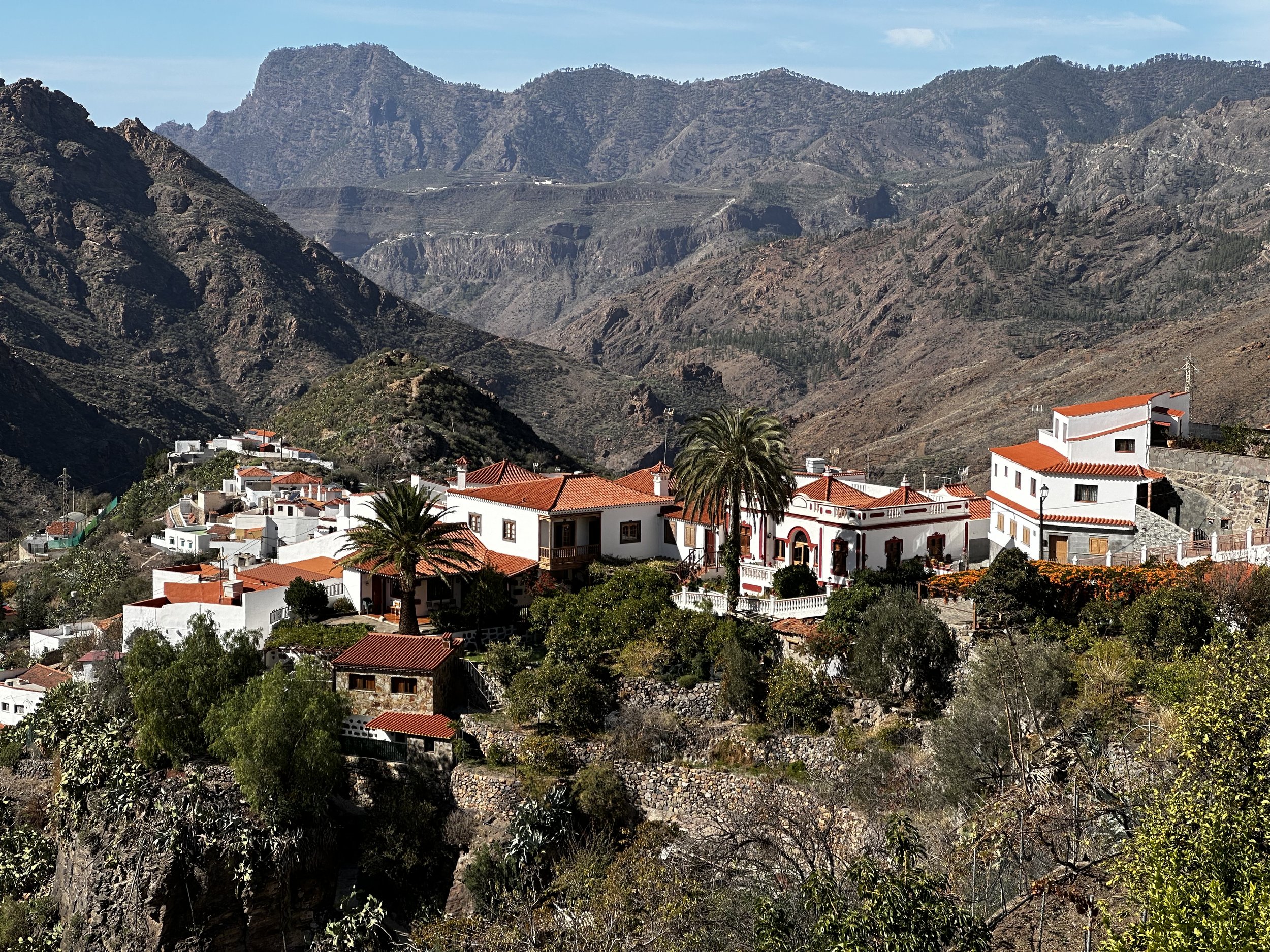
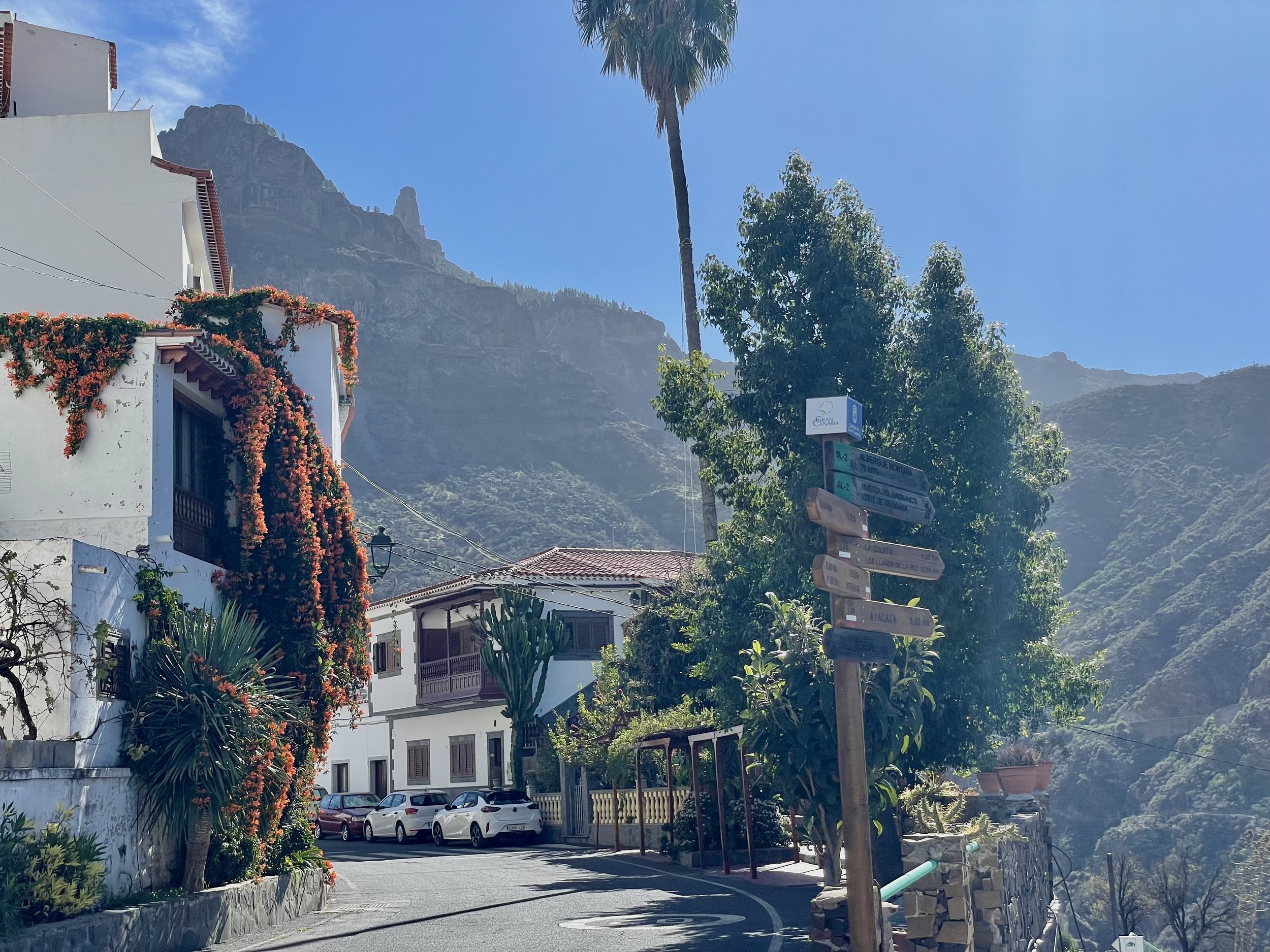
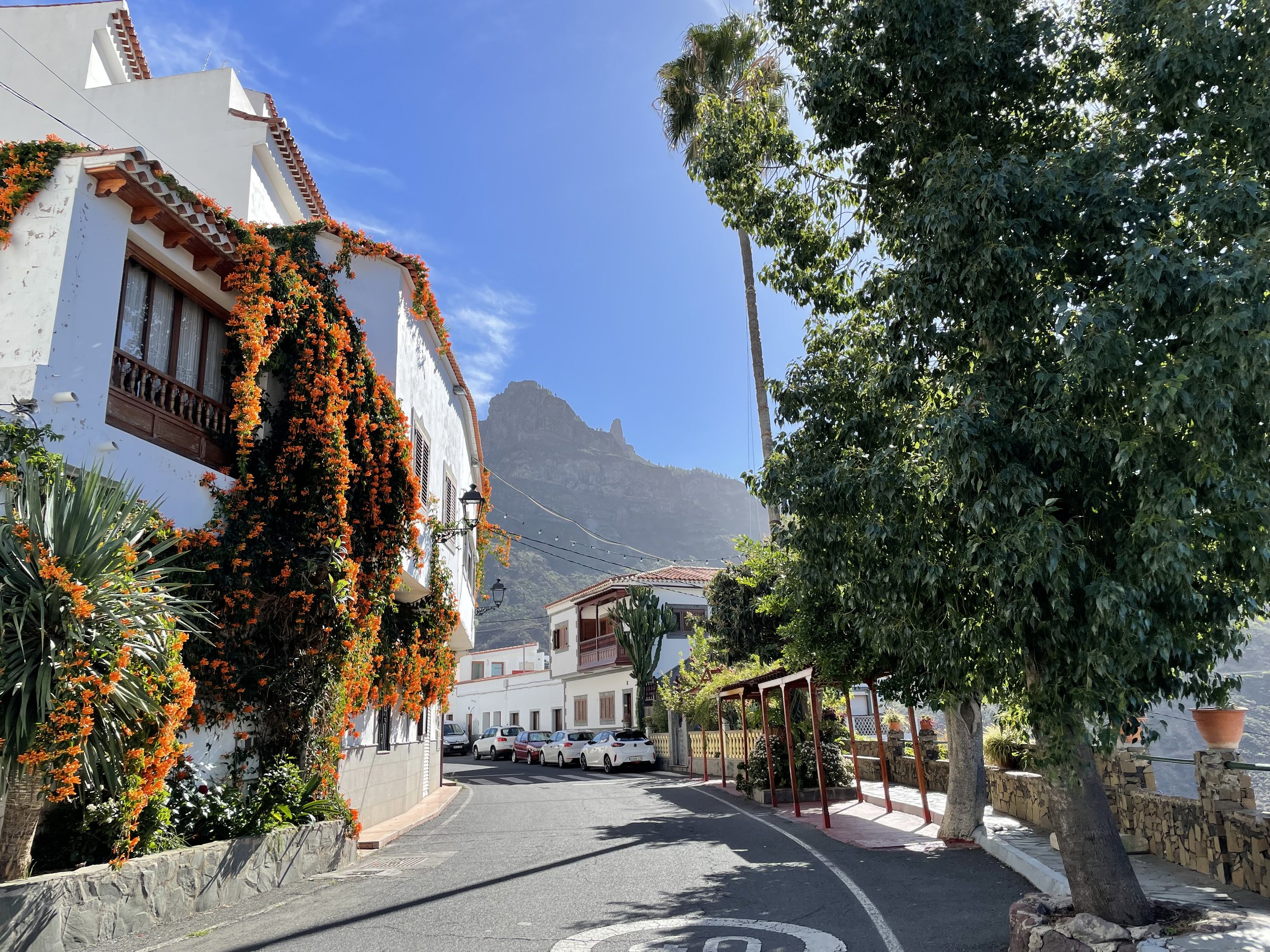
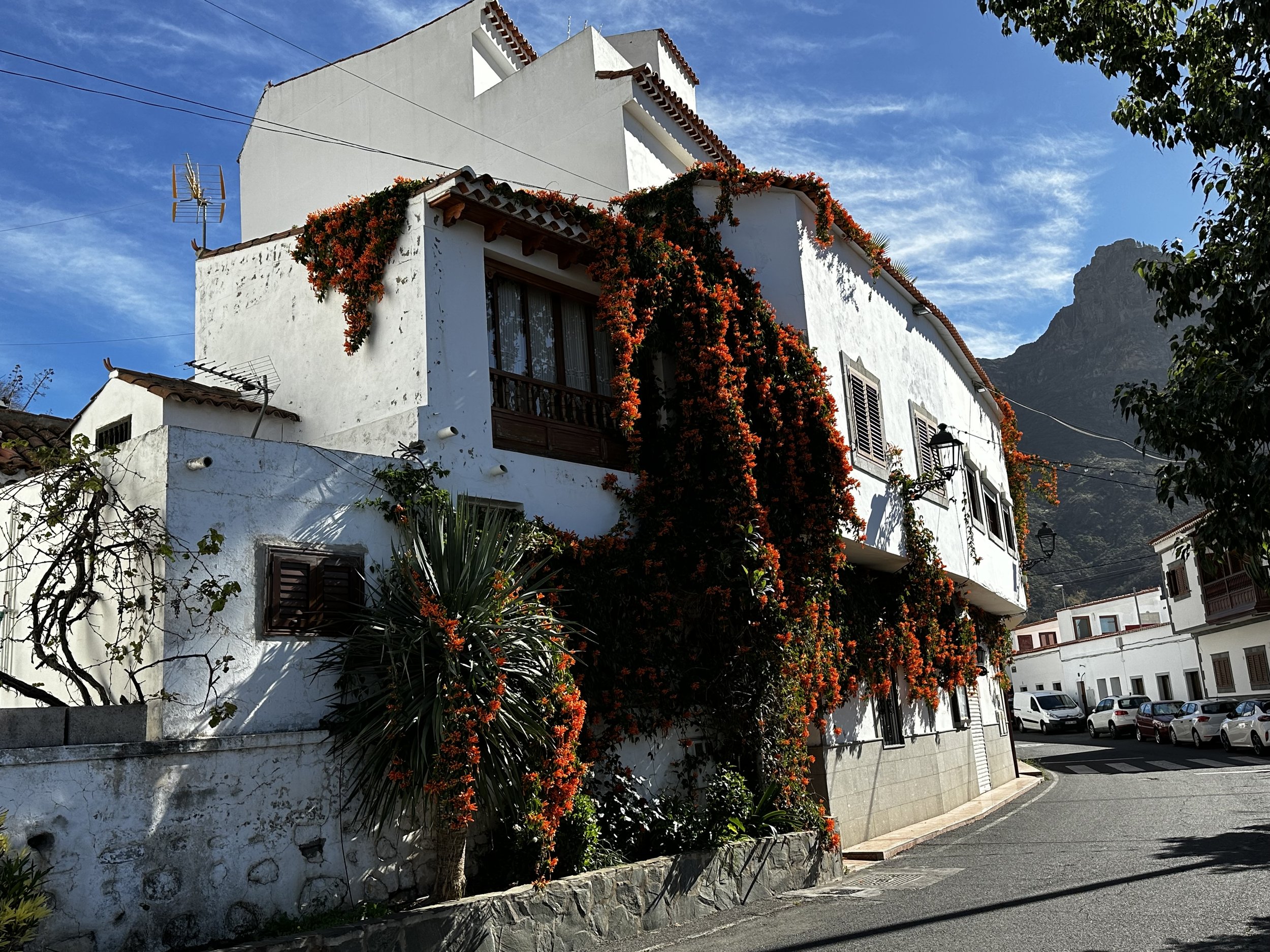
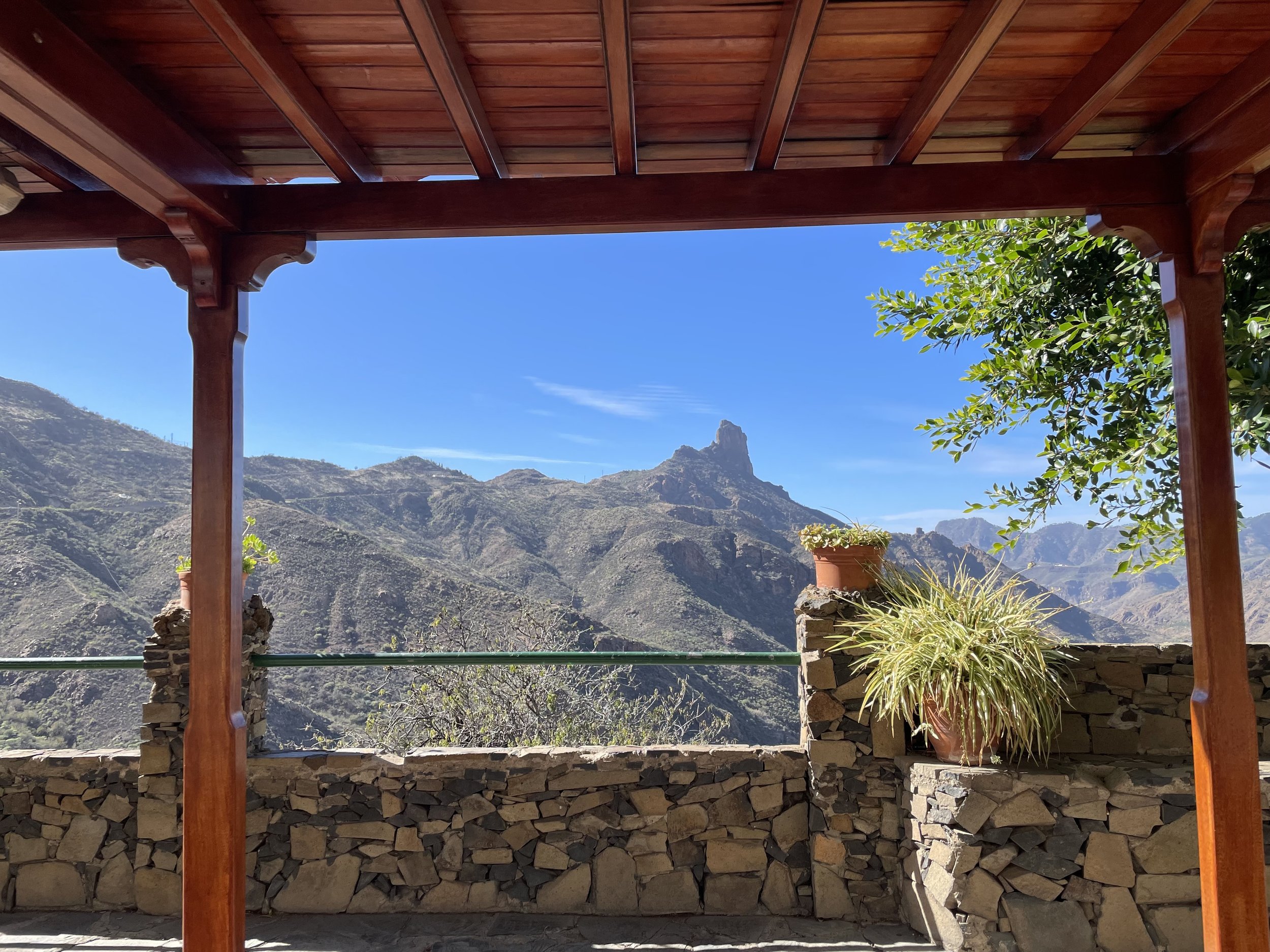
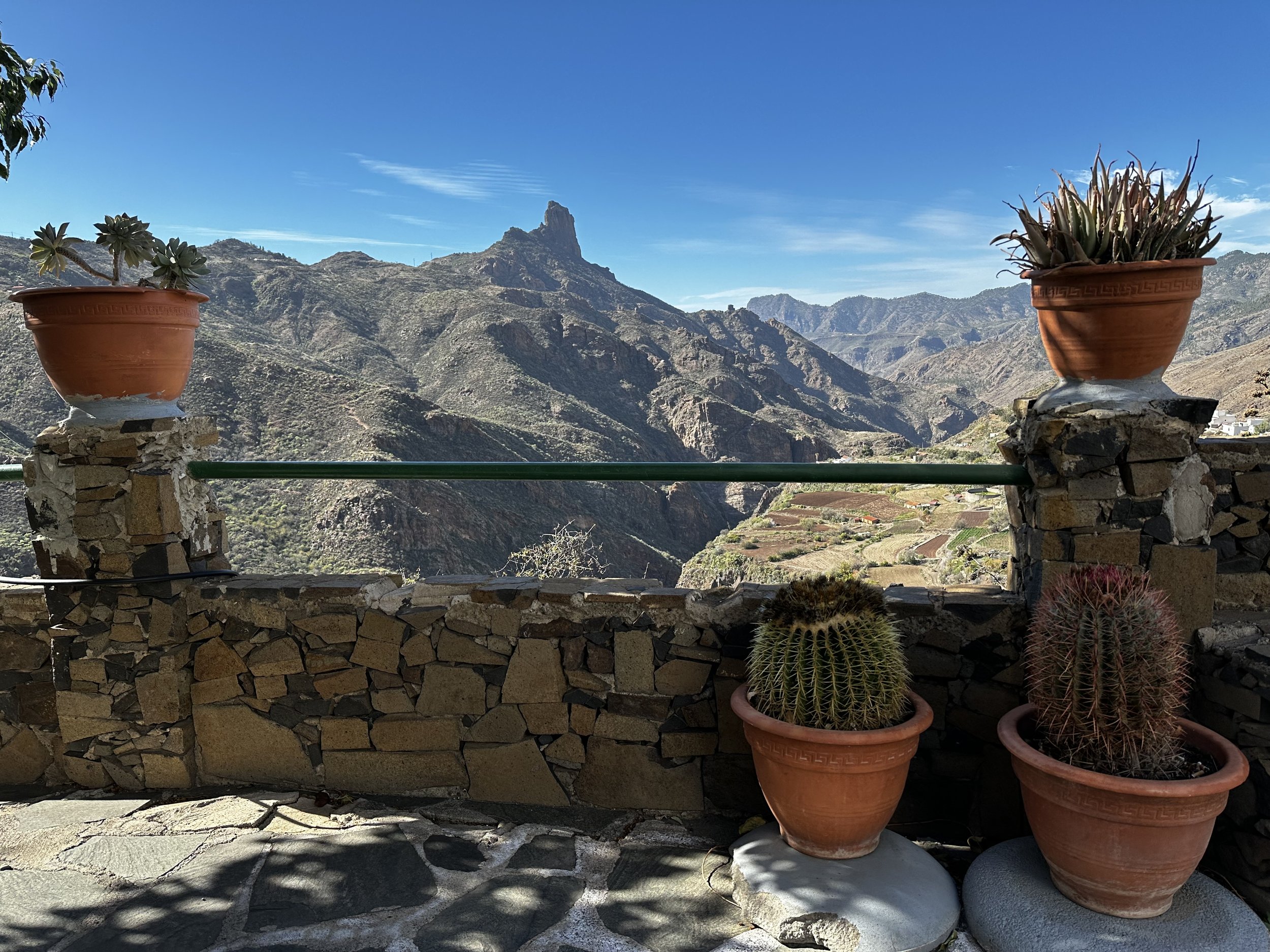
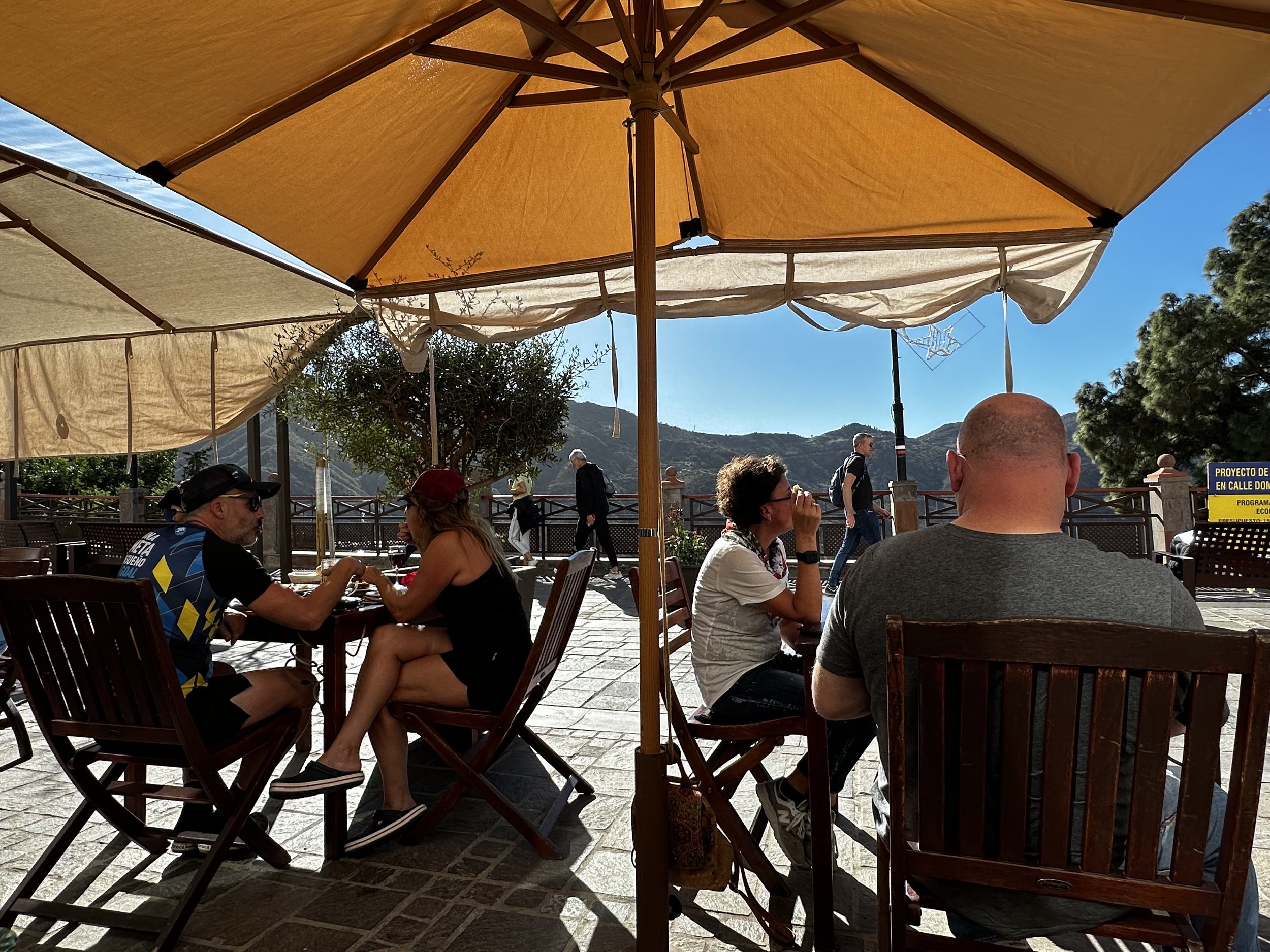
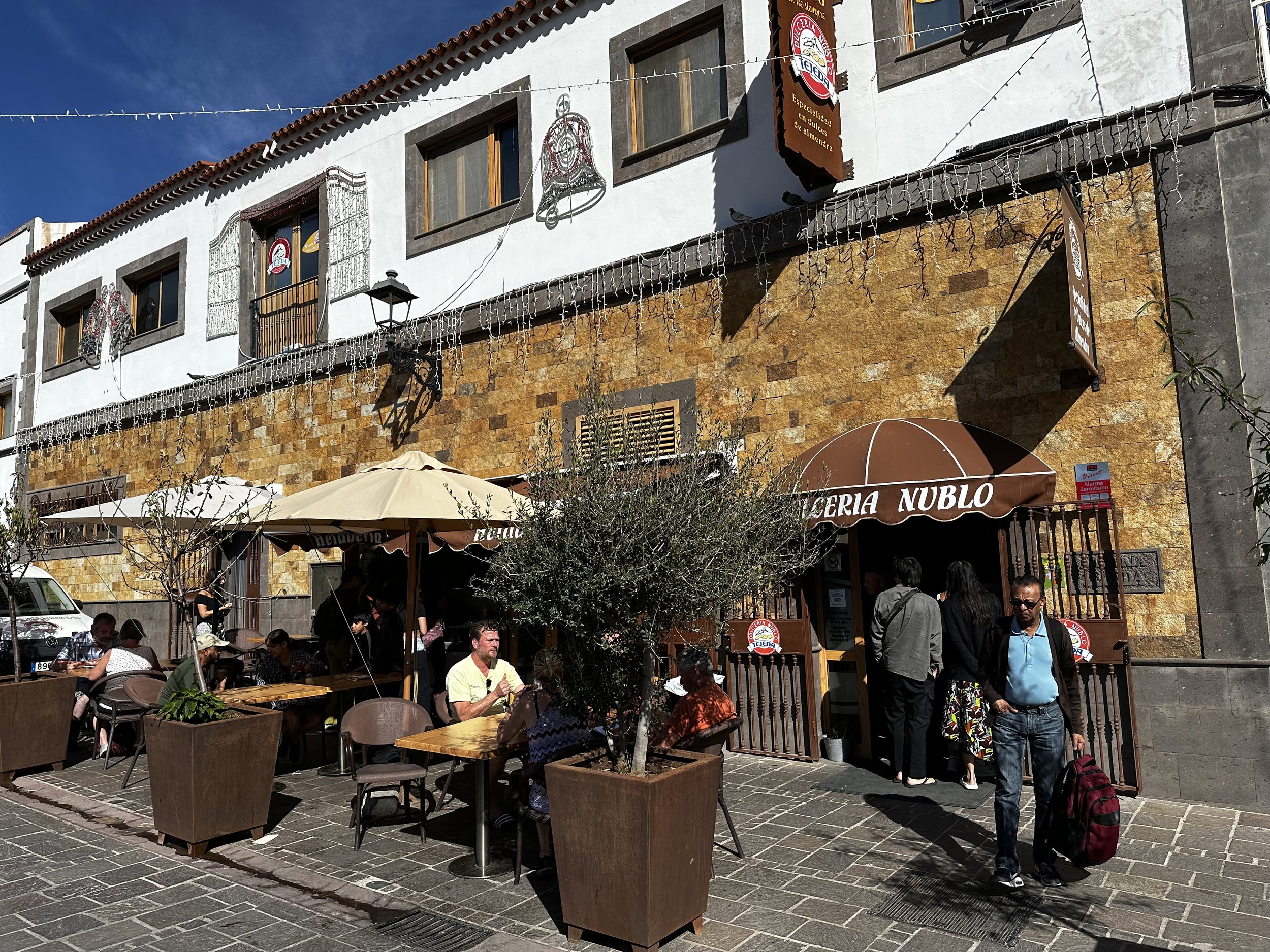
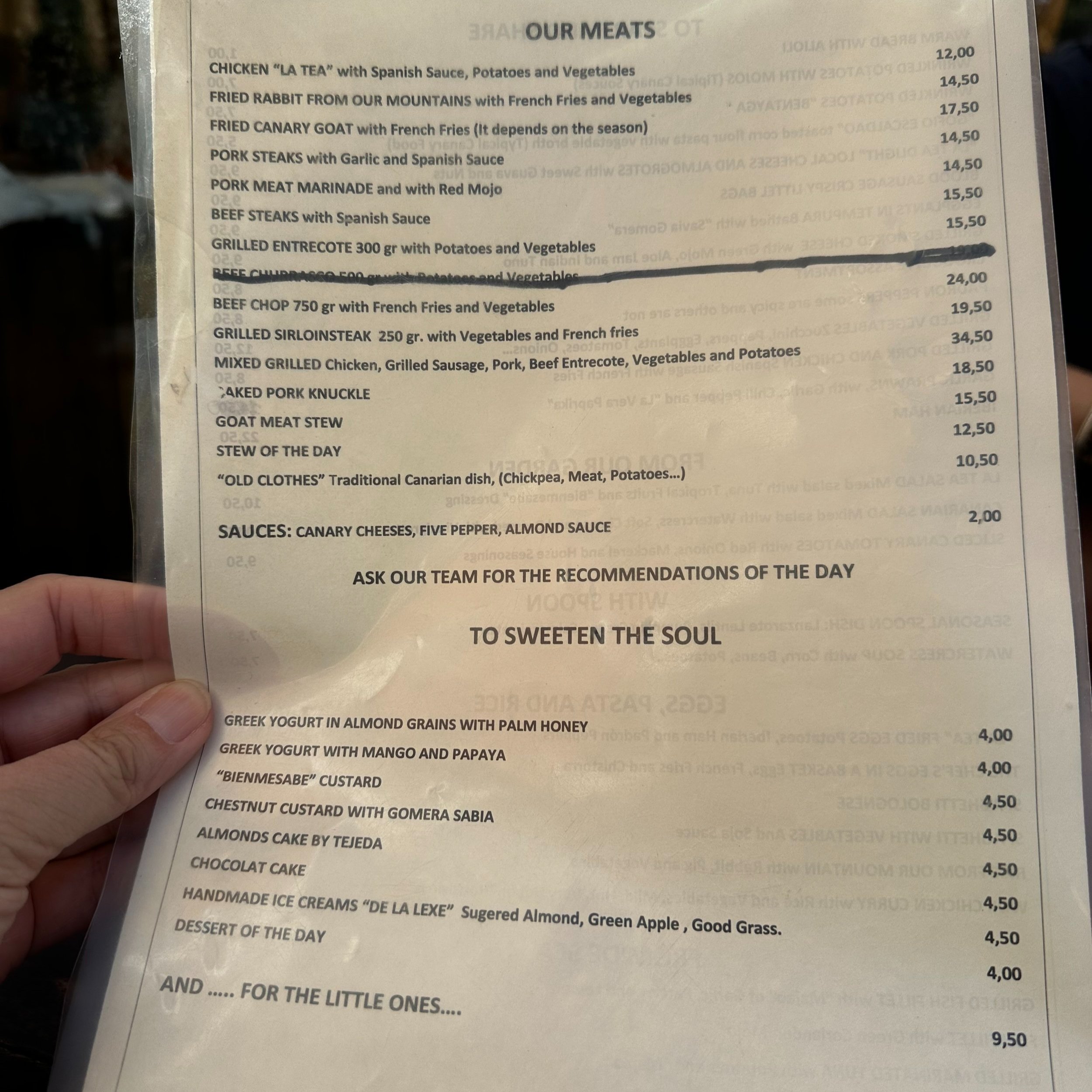
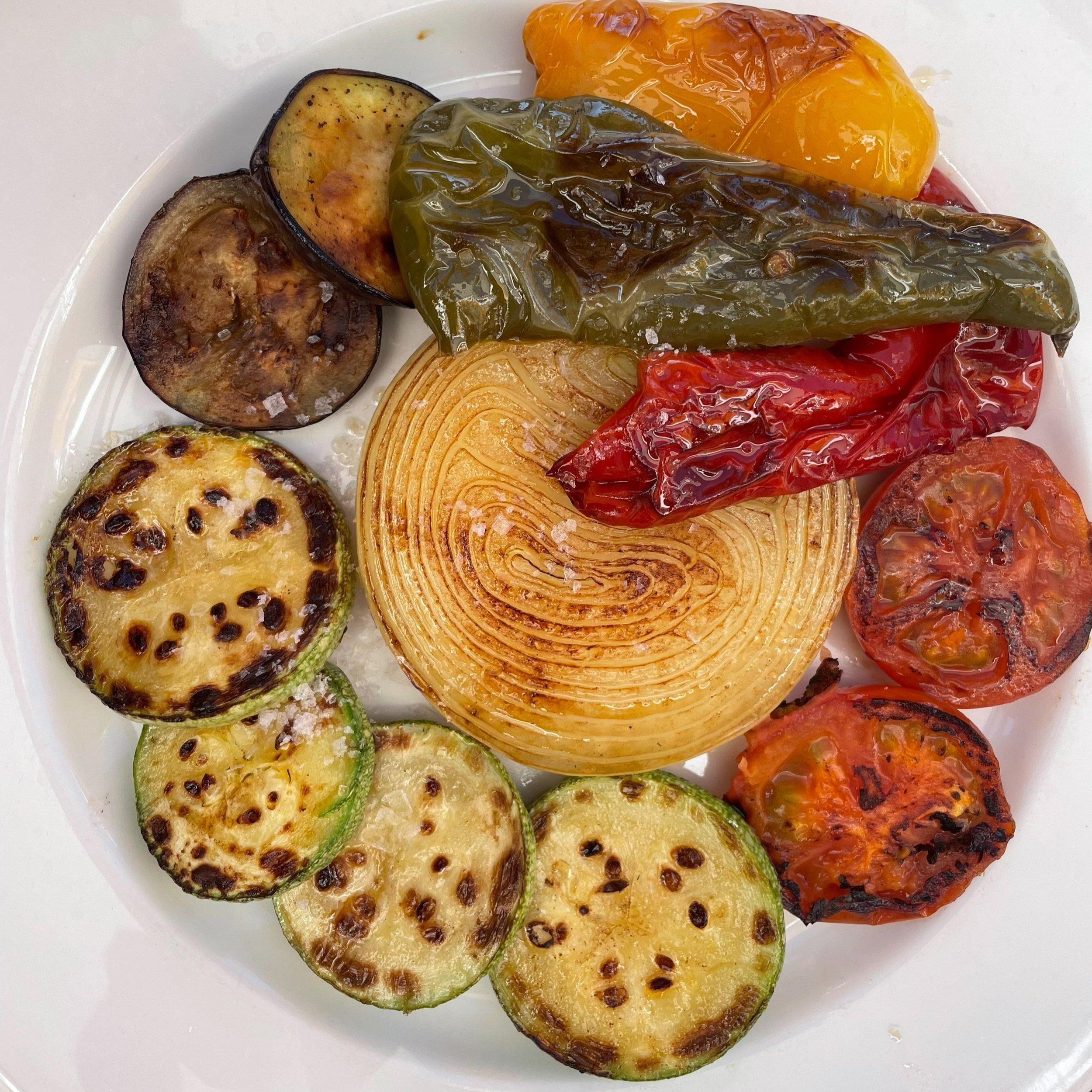

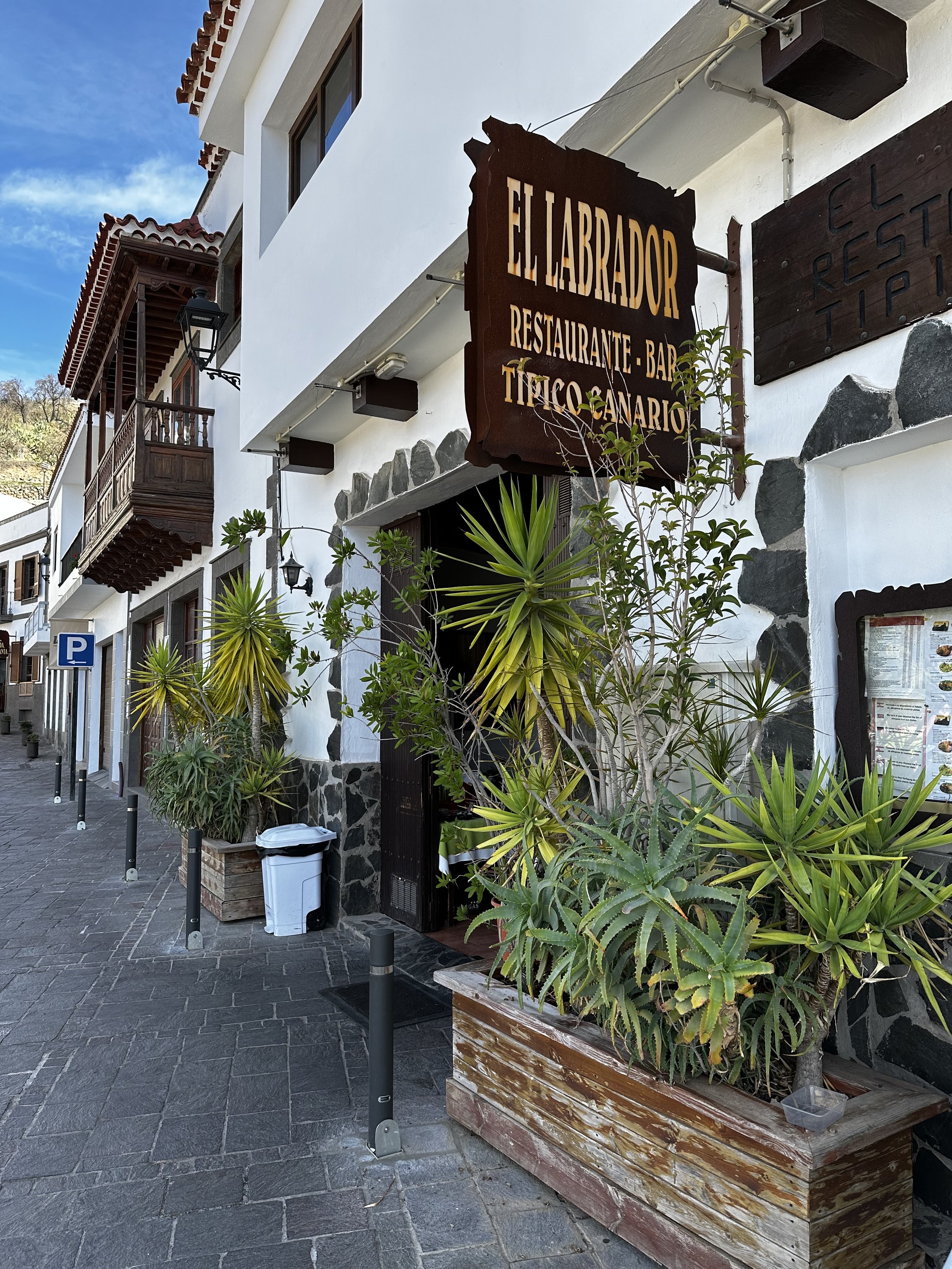
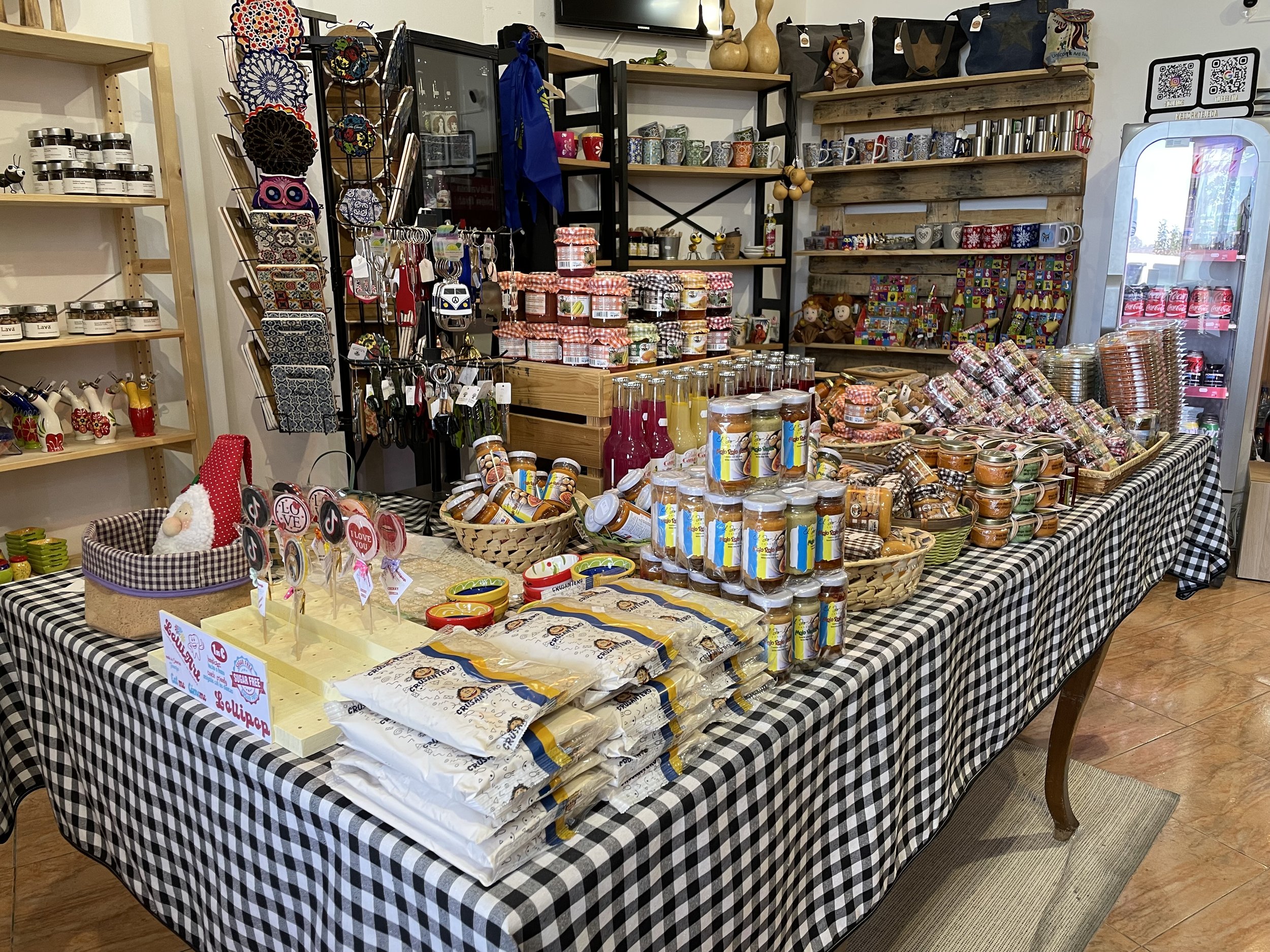
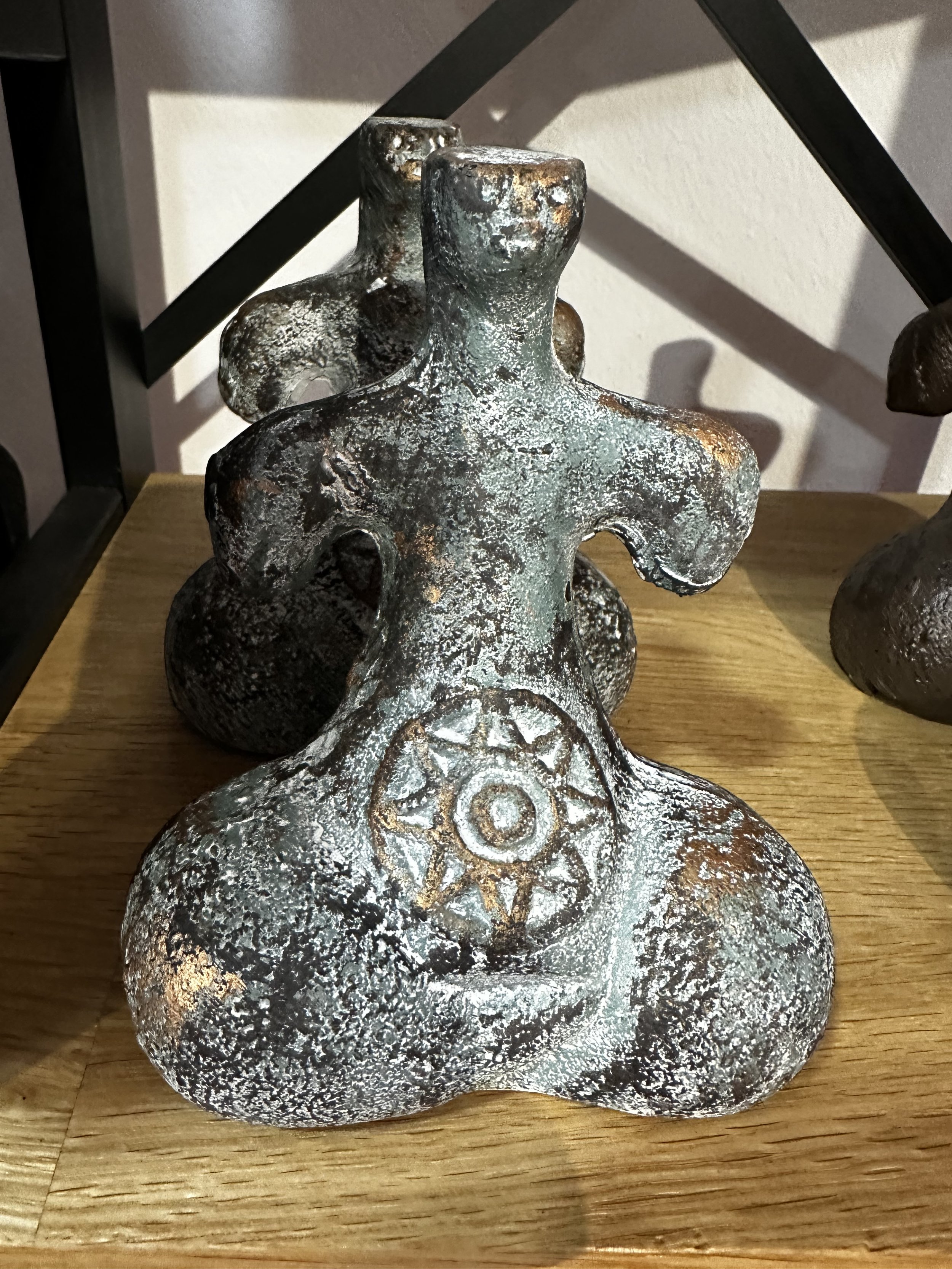
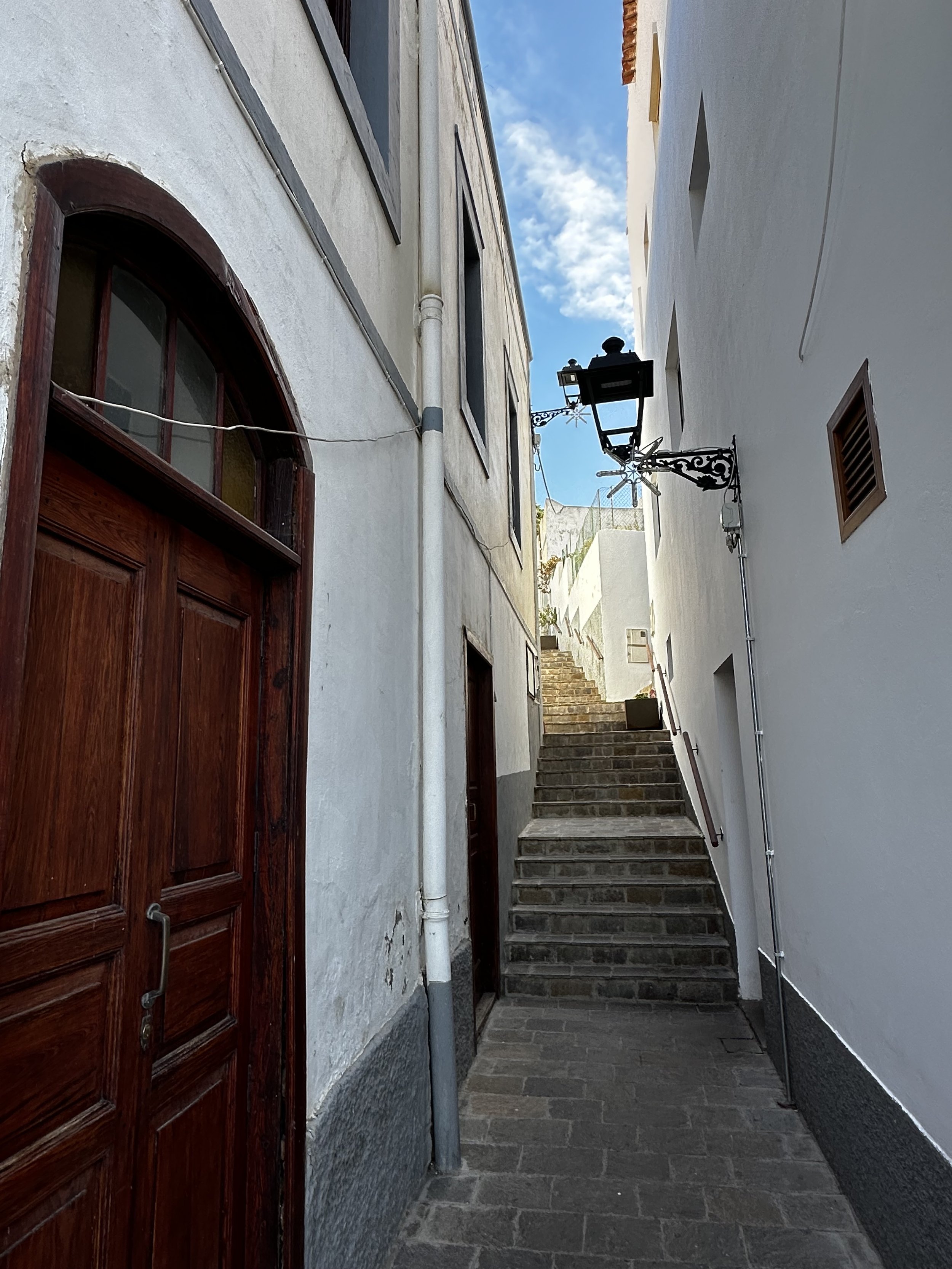
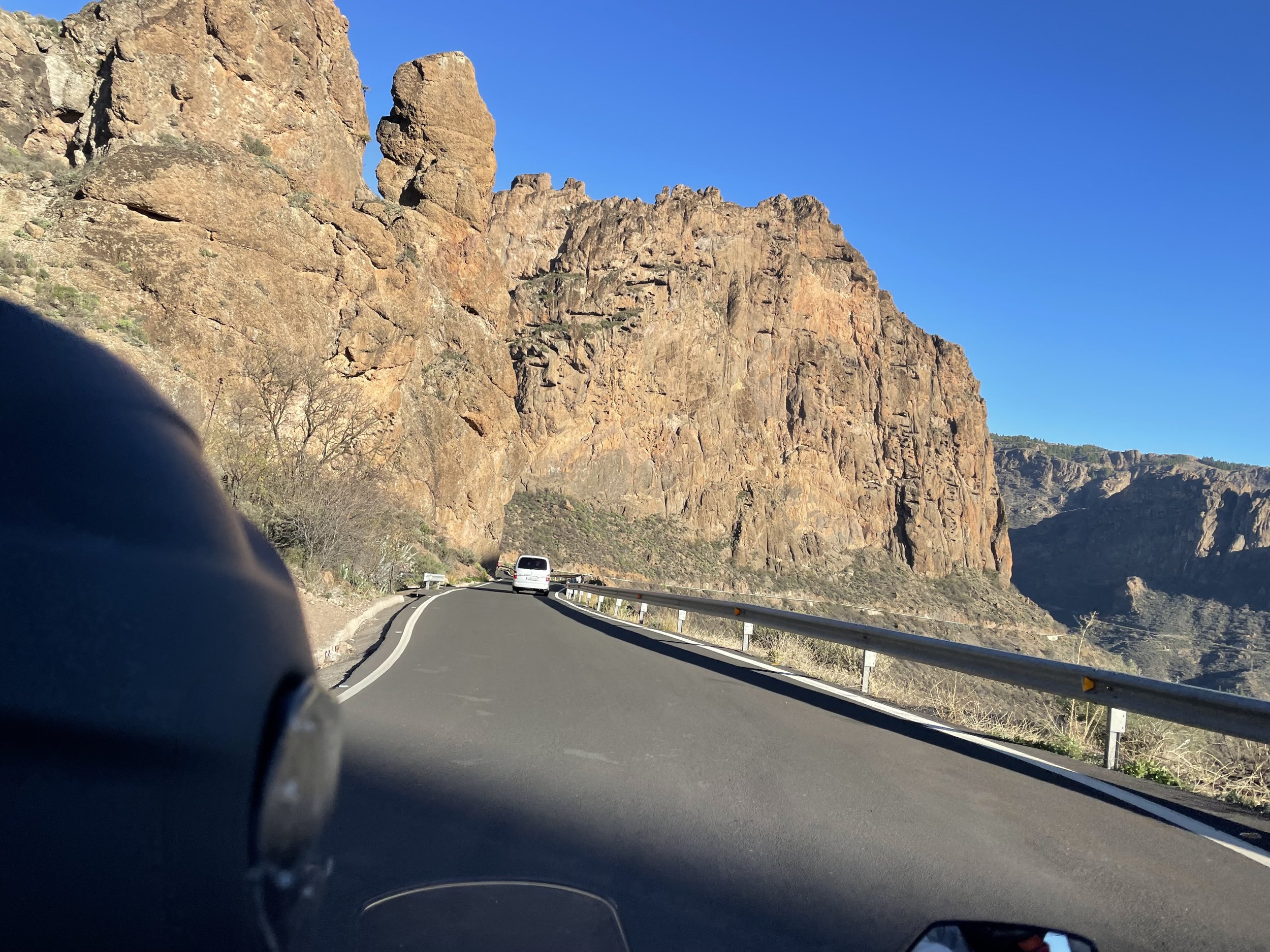
Natural Pools in the North and a visit to beautiful Sardina.
The natural pools in Northern Gran Canaria is another highlight and must visit!
Whether you’re a nature enthusiast or simply in search of a peaceful retreat, this hidden corner of the island promises a genuine and rejuvenating experience. So, take the road less traveled, drive past the banana plantations, and discover the natural pools that will undoubtedly leave an indelible mark on your memory. There are several natural pools and we really loved the one we ended up visiting. The northern part of Gran Canaria is characterized by rich vegetation, including banana plantations and other agricultural landscapes.We drove past the banana plantations to Roque Prieto and parked the motorcycle at the top. We watched the waves as they were coming in against the cliffs and took some photos from the top like we were famous Instagrammers 😂 When taking the short hike down to the pools we spotted some big lizards on the rocks. At the pools there were only a few locals visiting and we were wondering if it was safe to be in the water, since the waves all of a sudden came crushing in. The waves seemed to break by the wall barriers but the younger boys would still fall into the pool while walking on the edge of the pool. The water was clear and we saw crabs and fish playing and people going in to snorkel.
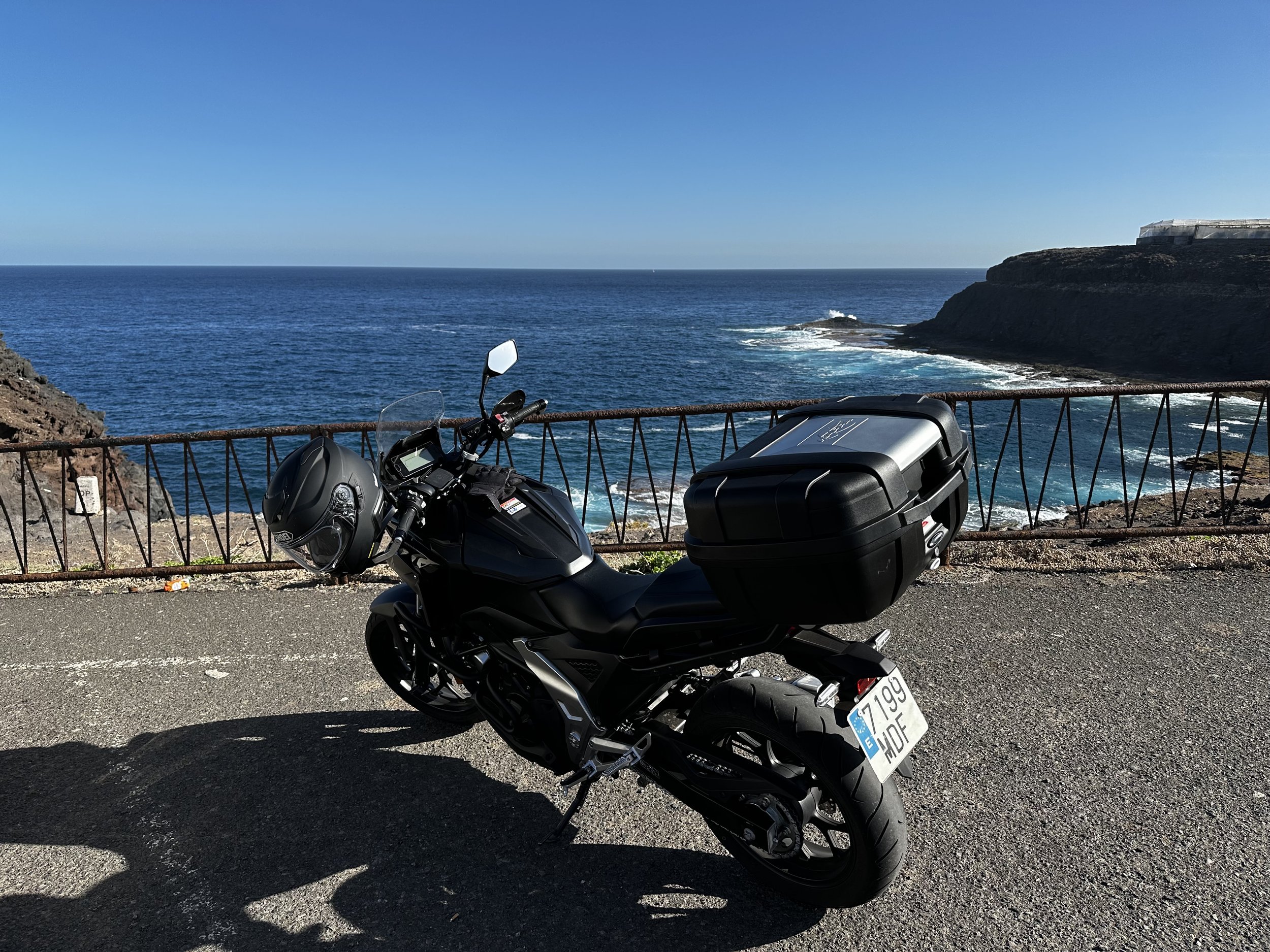
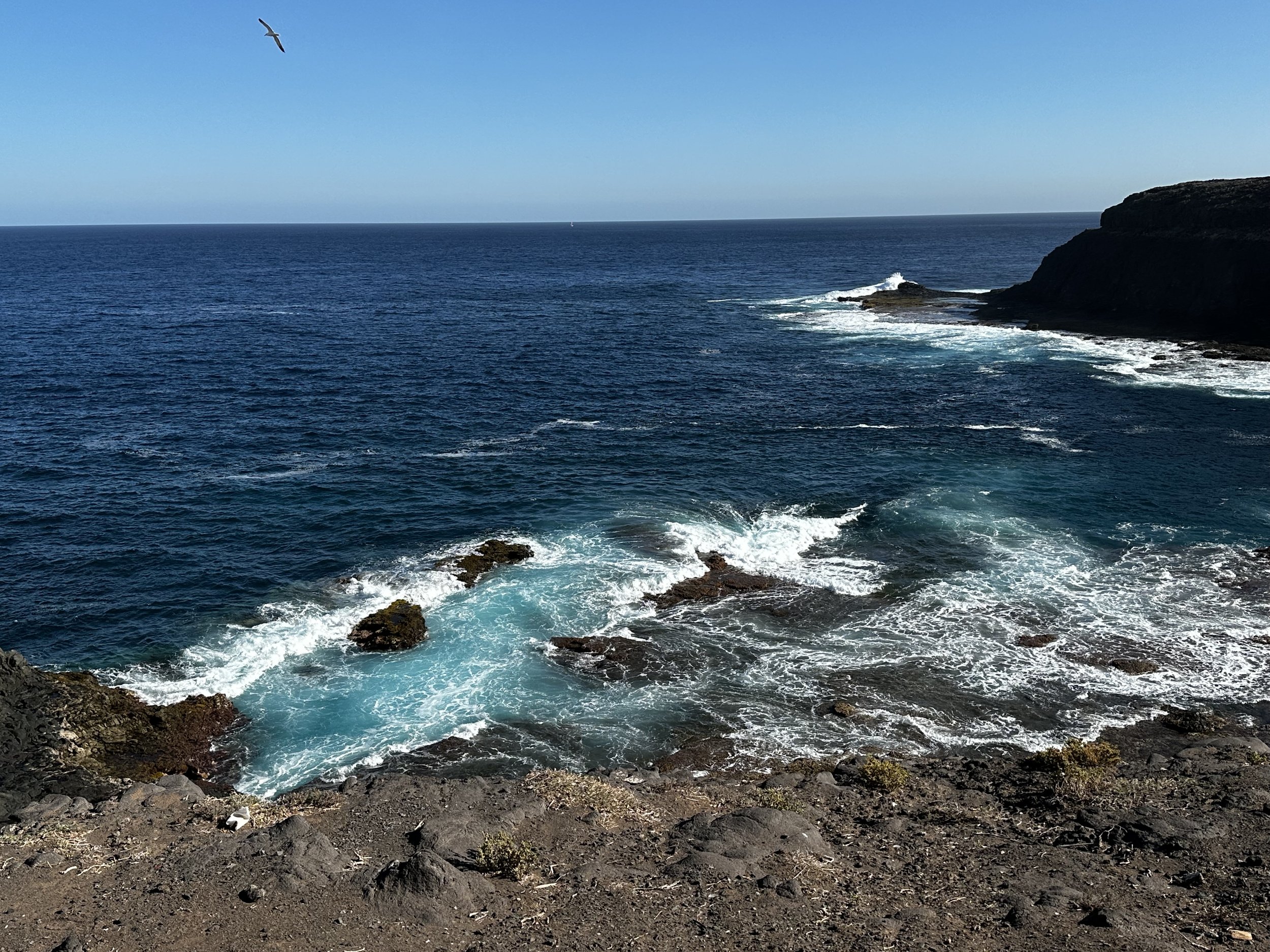
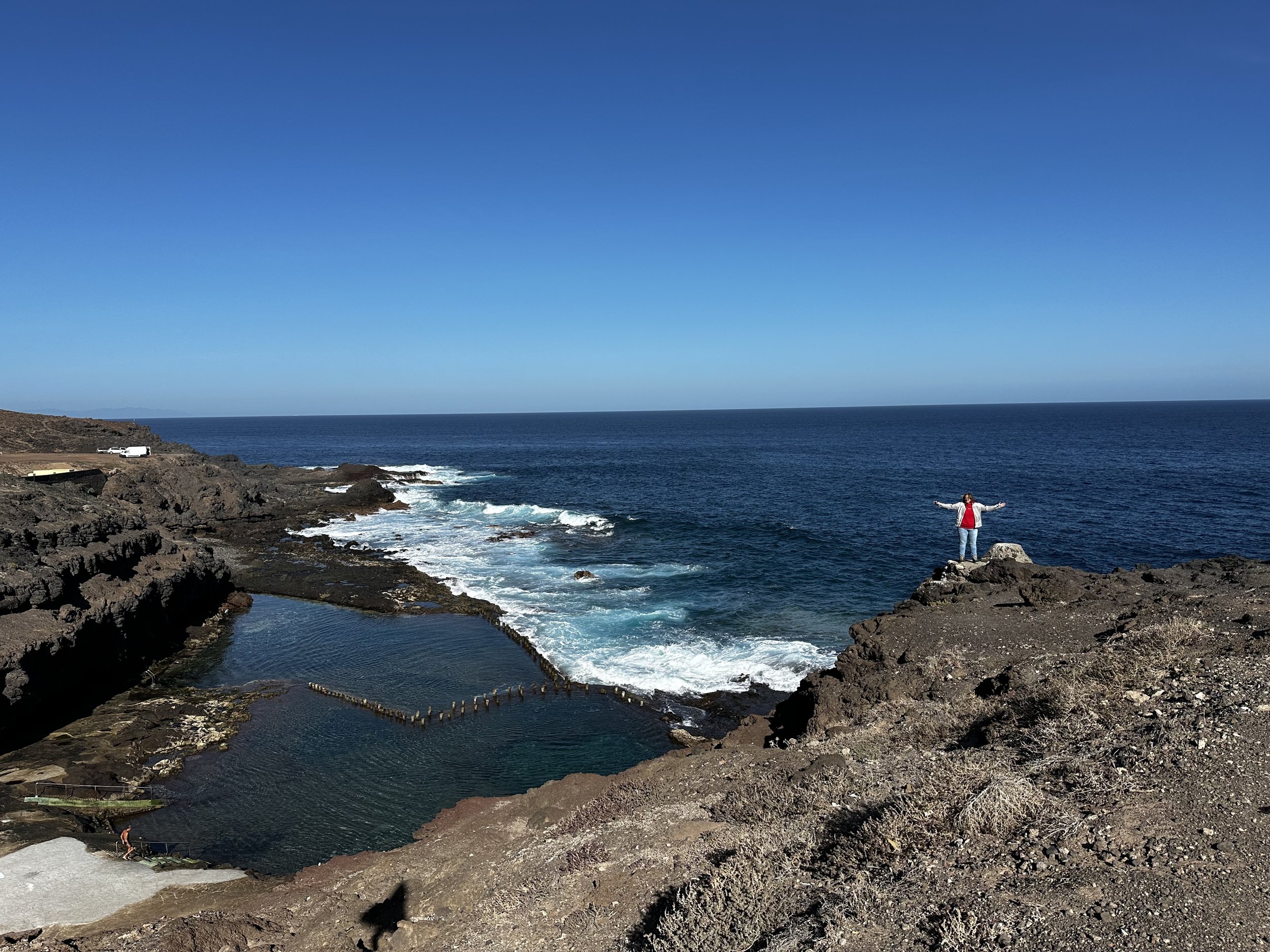
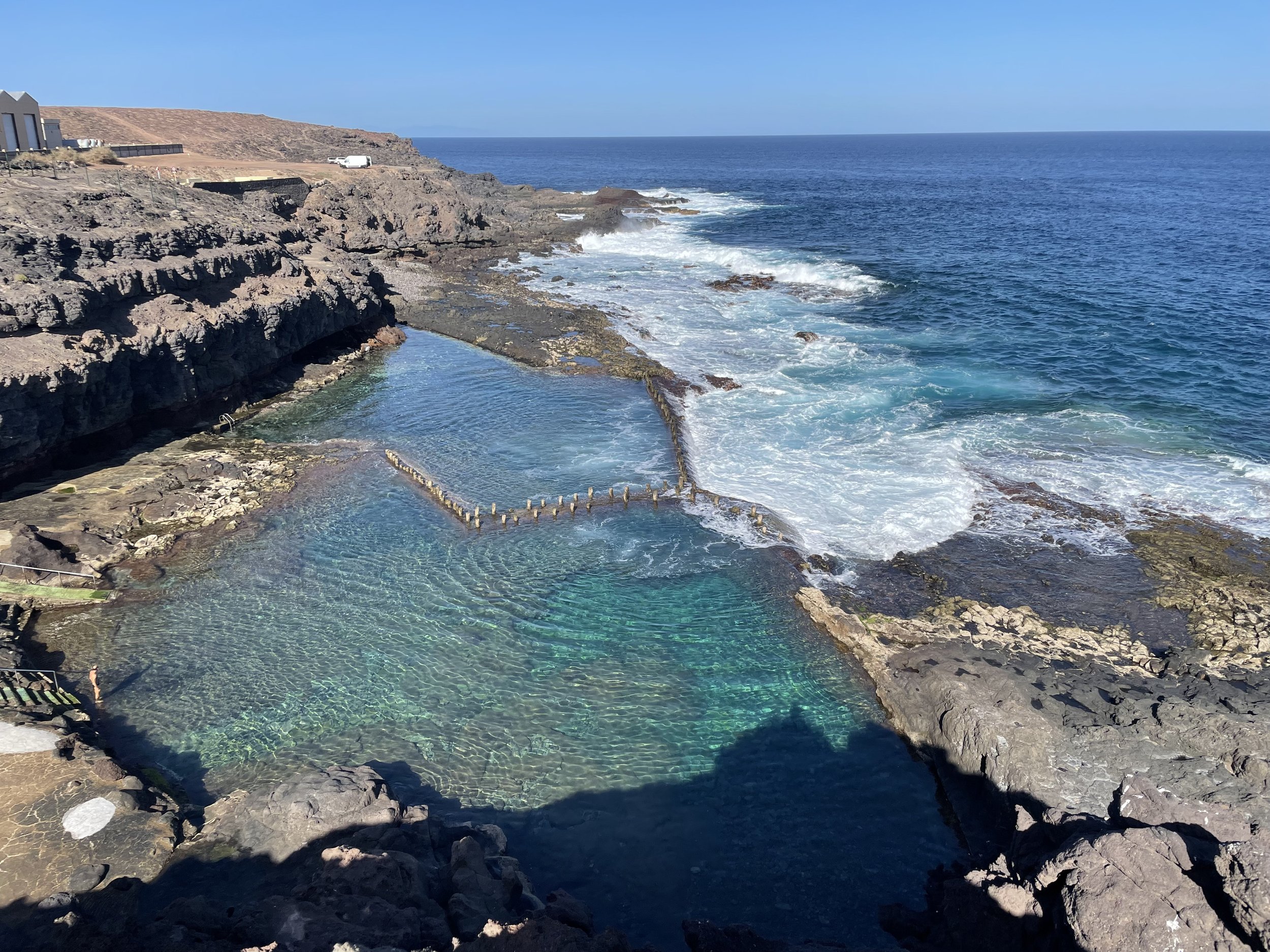
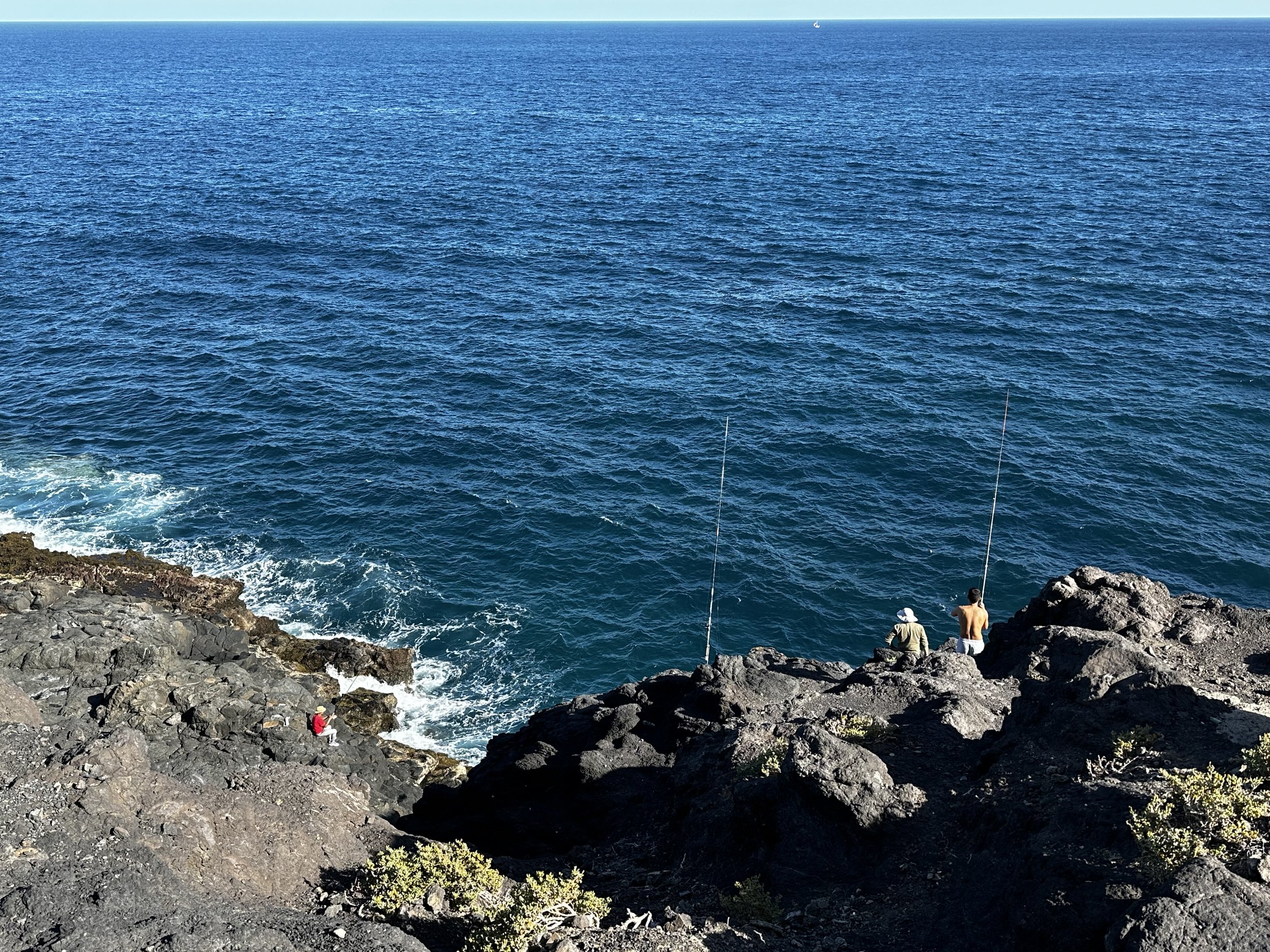

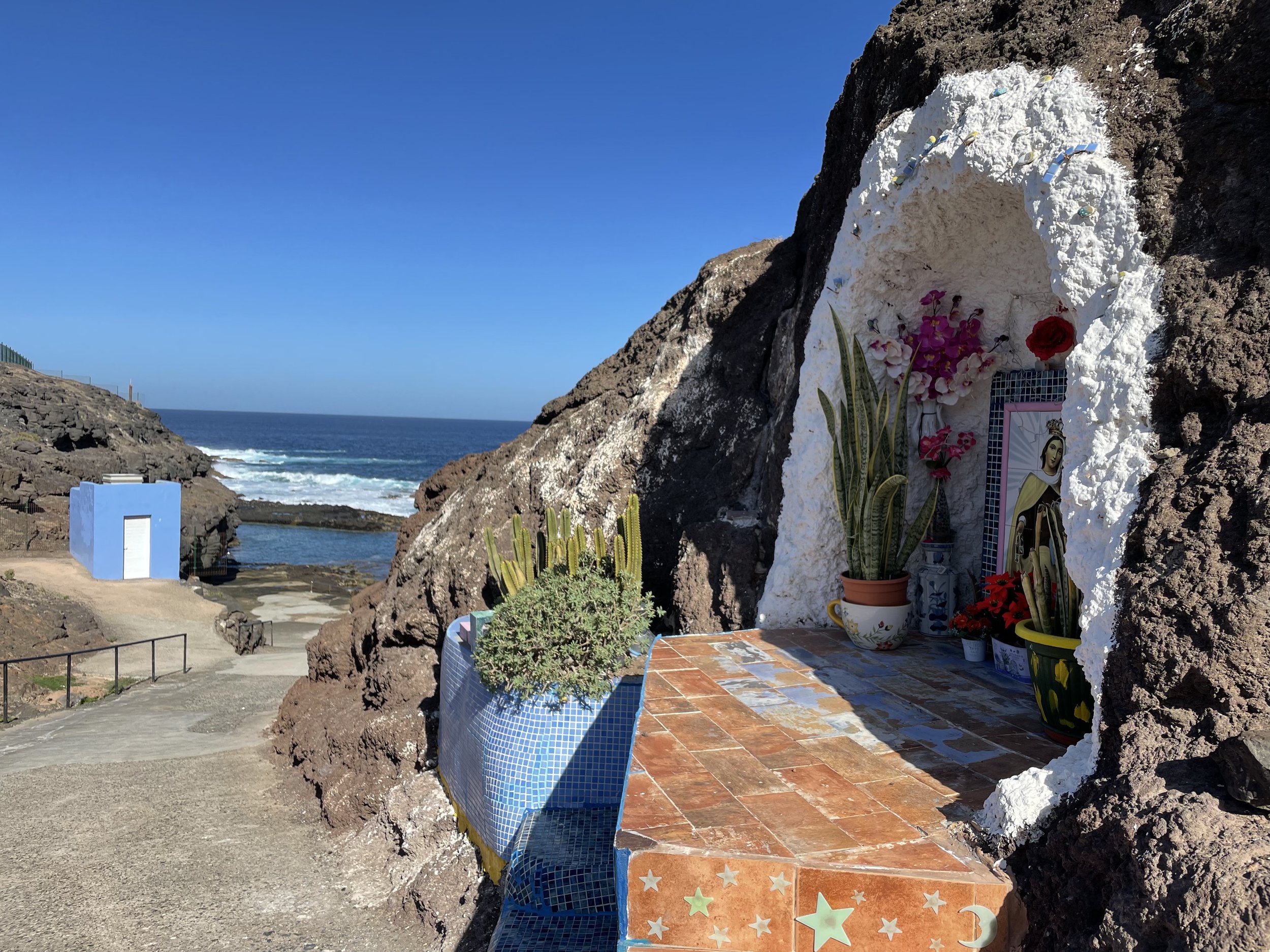
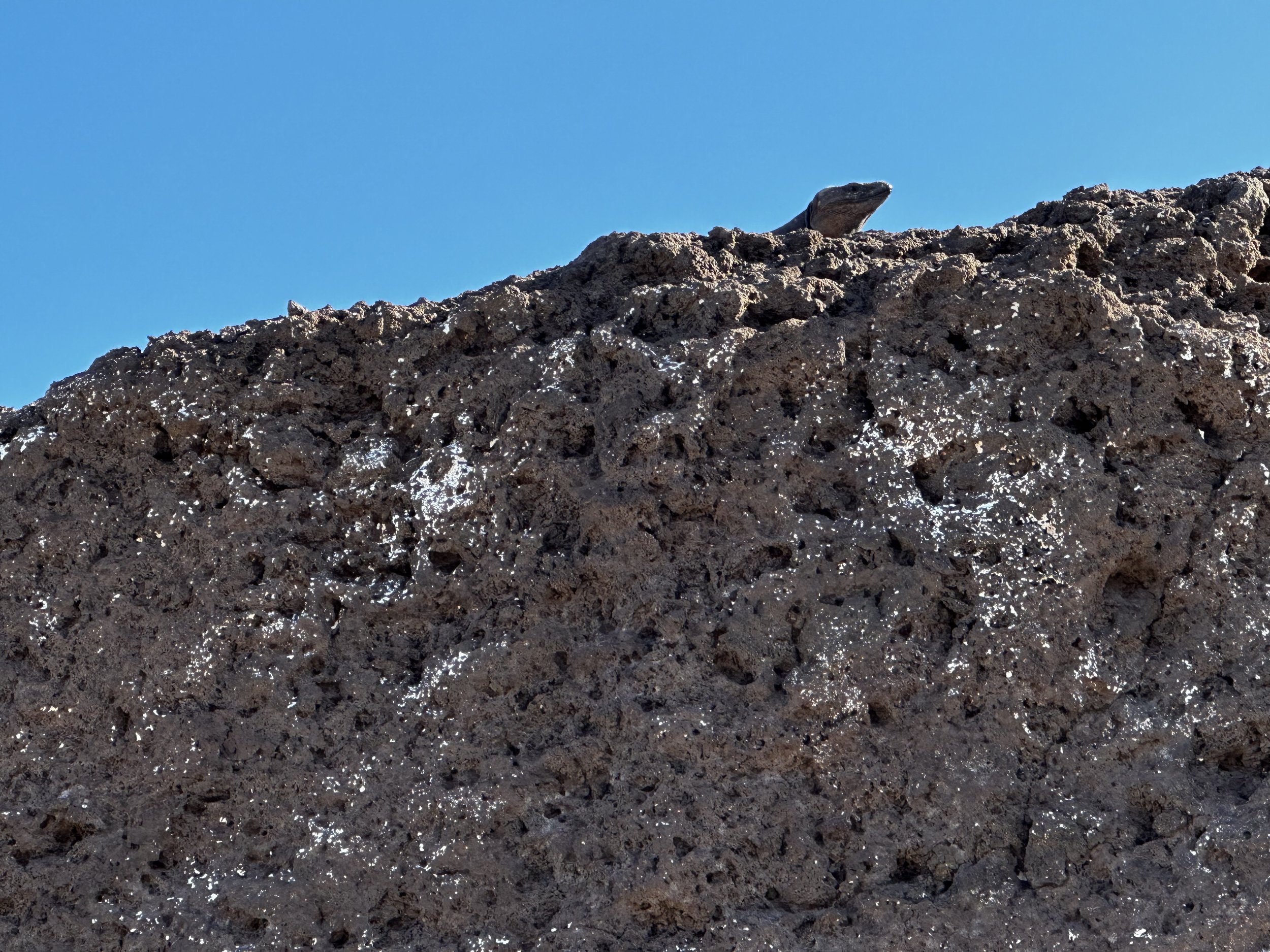
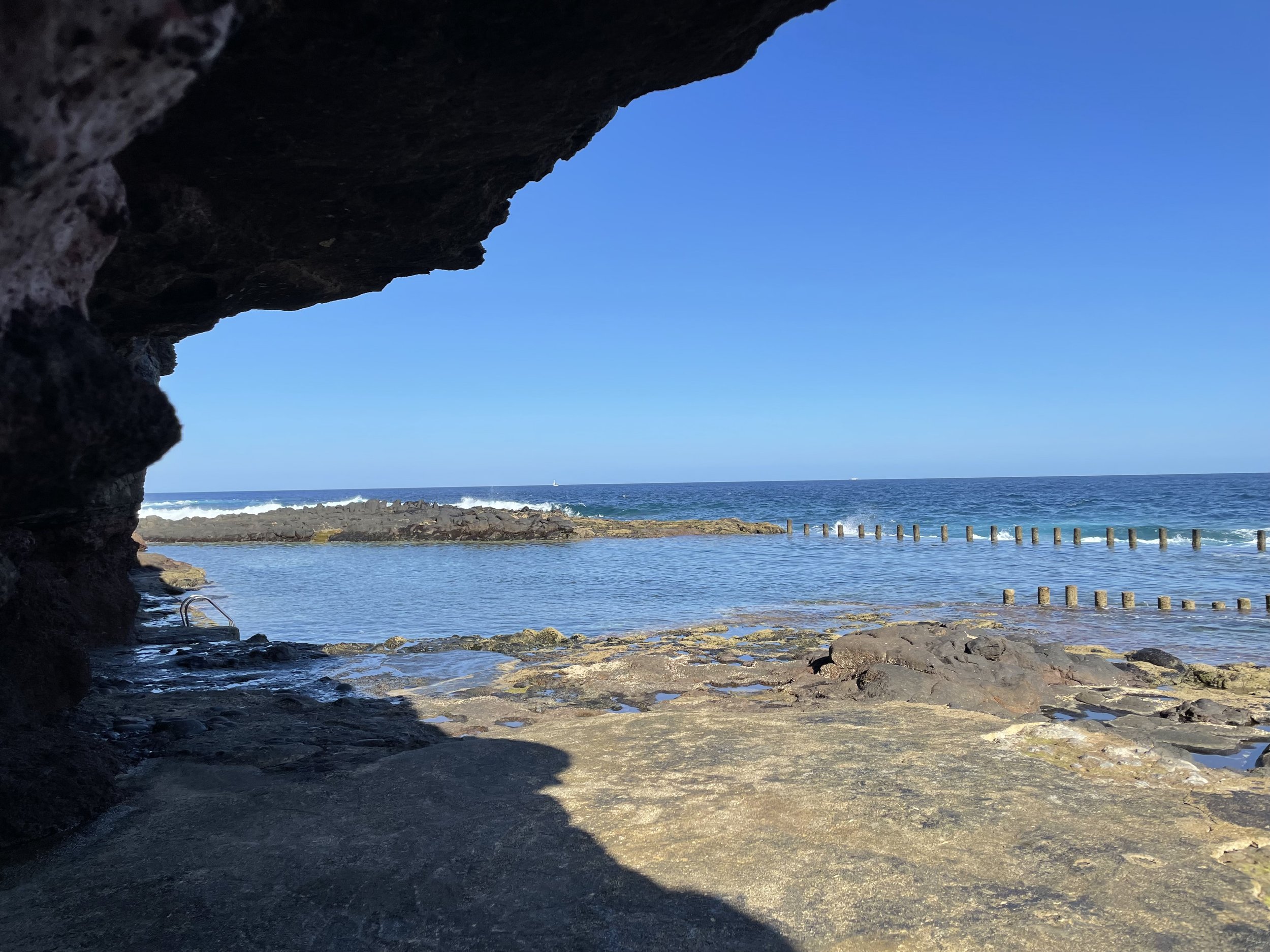
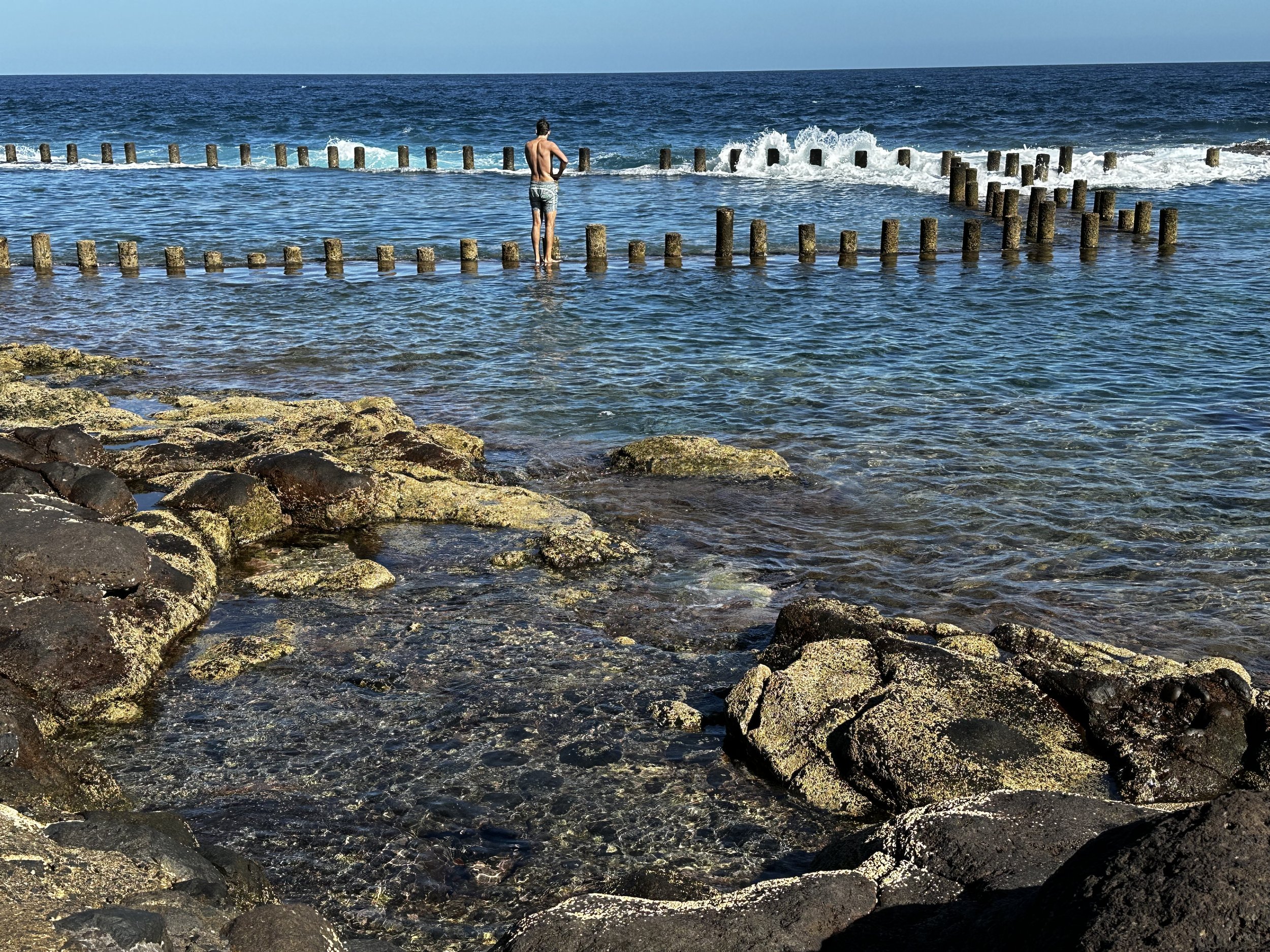
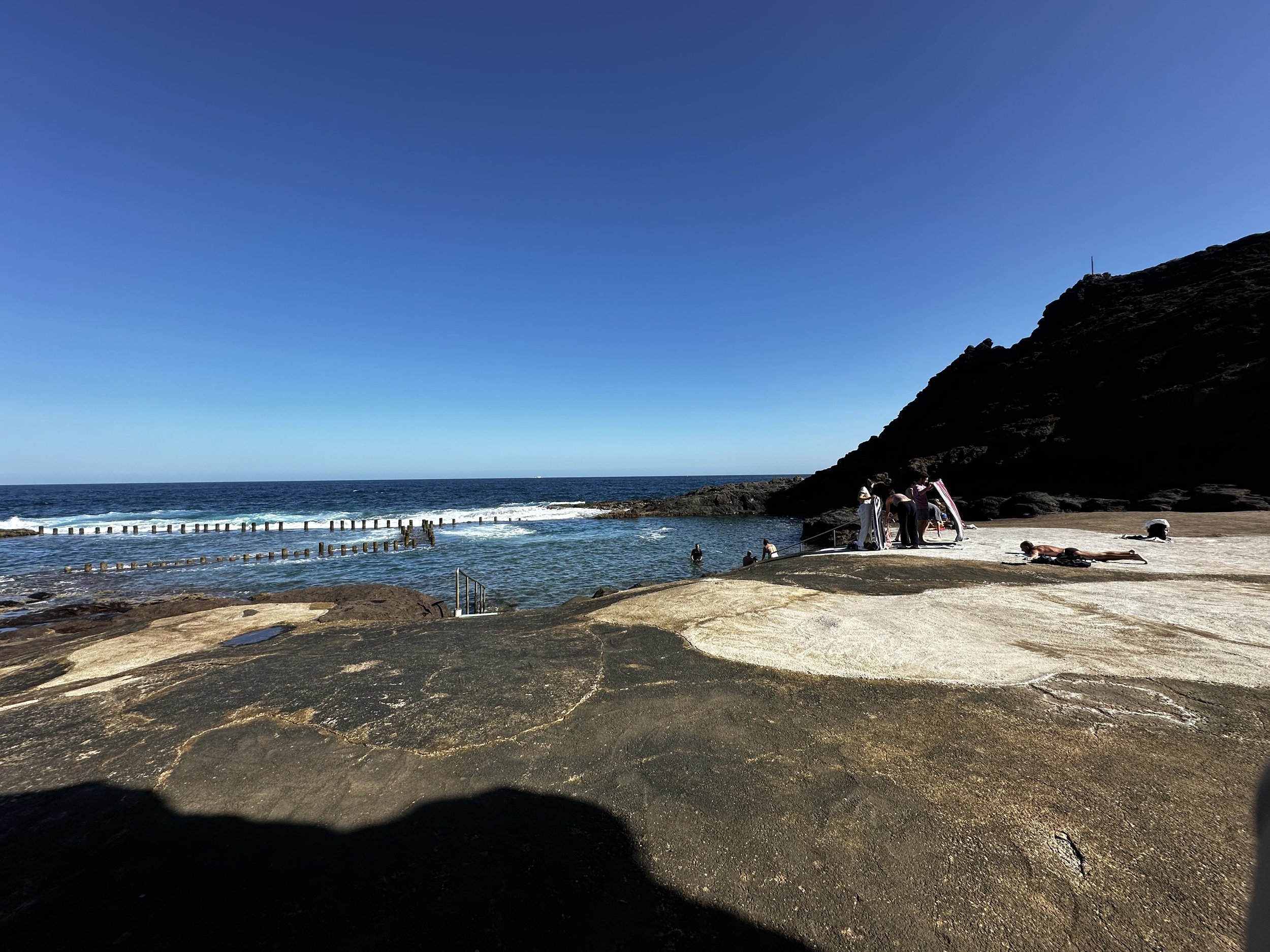
After having enjoyed some time close to nature we wanted to have some lunch and relax so we decided to drive to another less known place in Gran Canaria. We took the motorbike to Sardina on the north west side of the island at the coast. Sardina is a small fishing village that can offer a peaceful retreat away from the bustling tourist areas. It has a relaxed and authentic atmosphere with a smaller beach with dark sand. Sardina is known as a superb diving destination since the waters around Sardina are known for their clarity and marine diversity. The underwater landscapes, including caves and rock formations attract both beginners and experienced divers. Fishermen’s cooperatives and seafood restaurants along the waterfront serve dishes with the freshest catches of the day and is a great place to try local specialties. Unfortunately the restaurant we wanted to go to was fully booked for the day. Instead we walked down past the beach and ended up at a cute little espresso bar called El Antojo. We enjoyed some alcohol free beer and some delicious snacks.
We hope you have enjoyed the highlights of our trip that we have shared in this blog post. During our motorcycle touring we drove through all kinds of different landscapes, from pine forests, steep mountains and deep canyons as well as catching a glimpse of cave houses typical for parts of the island. We also visited other small villages like Firgas and Moya and Teror and of course, the fishing village of Agaete that we have written about in previous posts. We were really surprised and amazed by the diversity and beauty that Gran Canaria has to offer. We had mostly heard of the touristic areas of the south but can really recommend to explore other parts of the island, less known to most people.
Check out our last gallery for some last photos of our journey, and also look out for our coming video on our YouTube Channel.
See you soon!
/Seen by Veen

